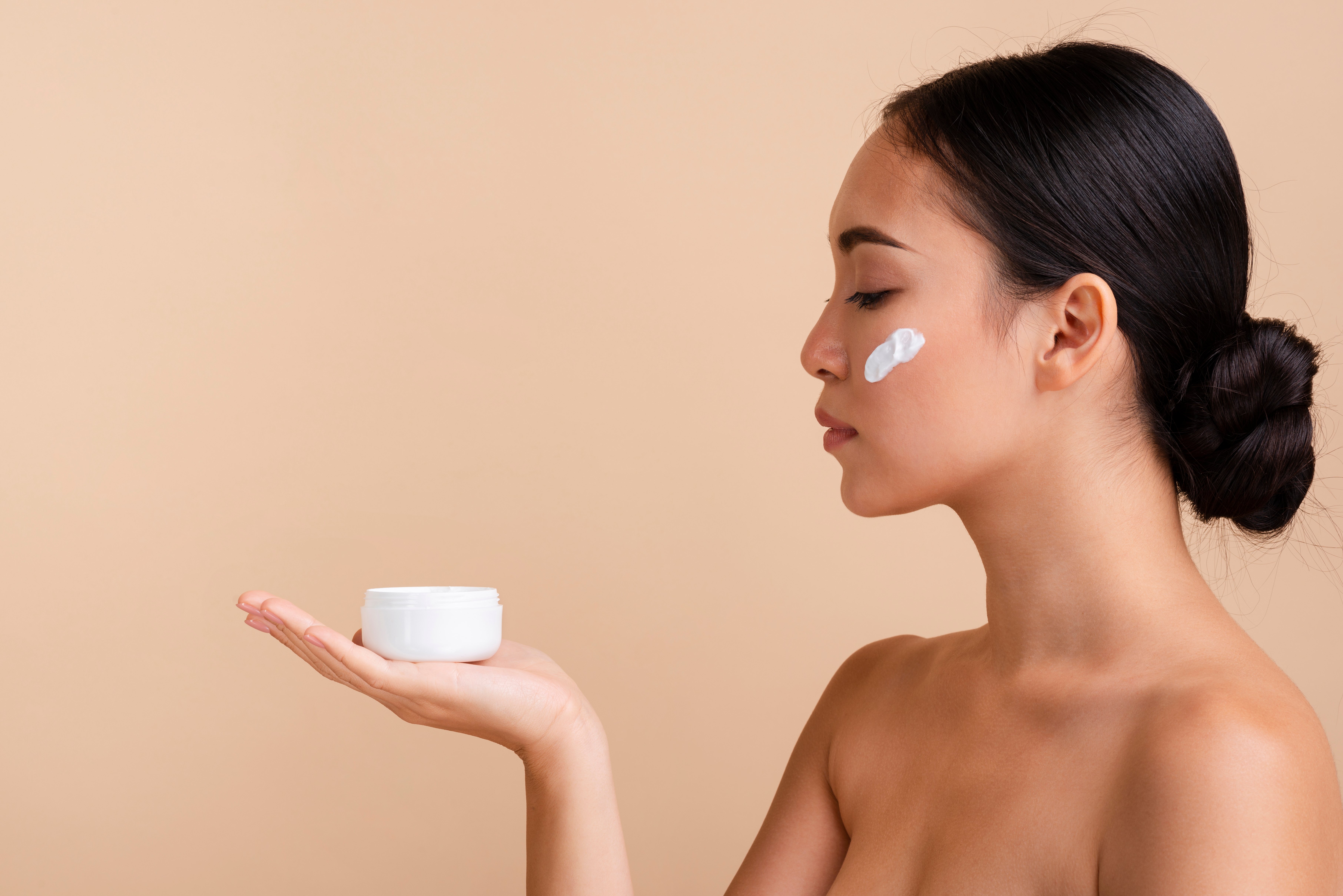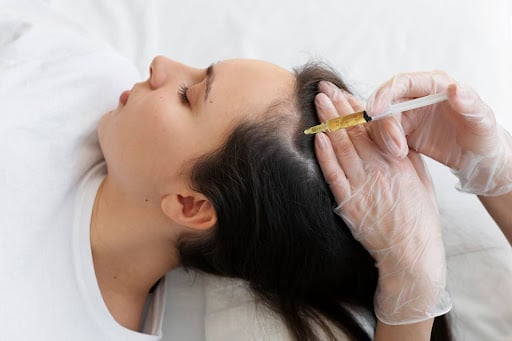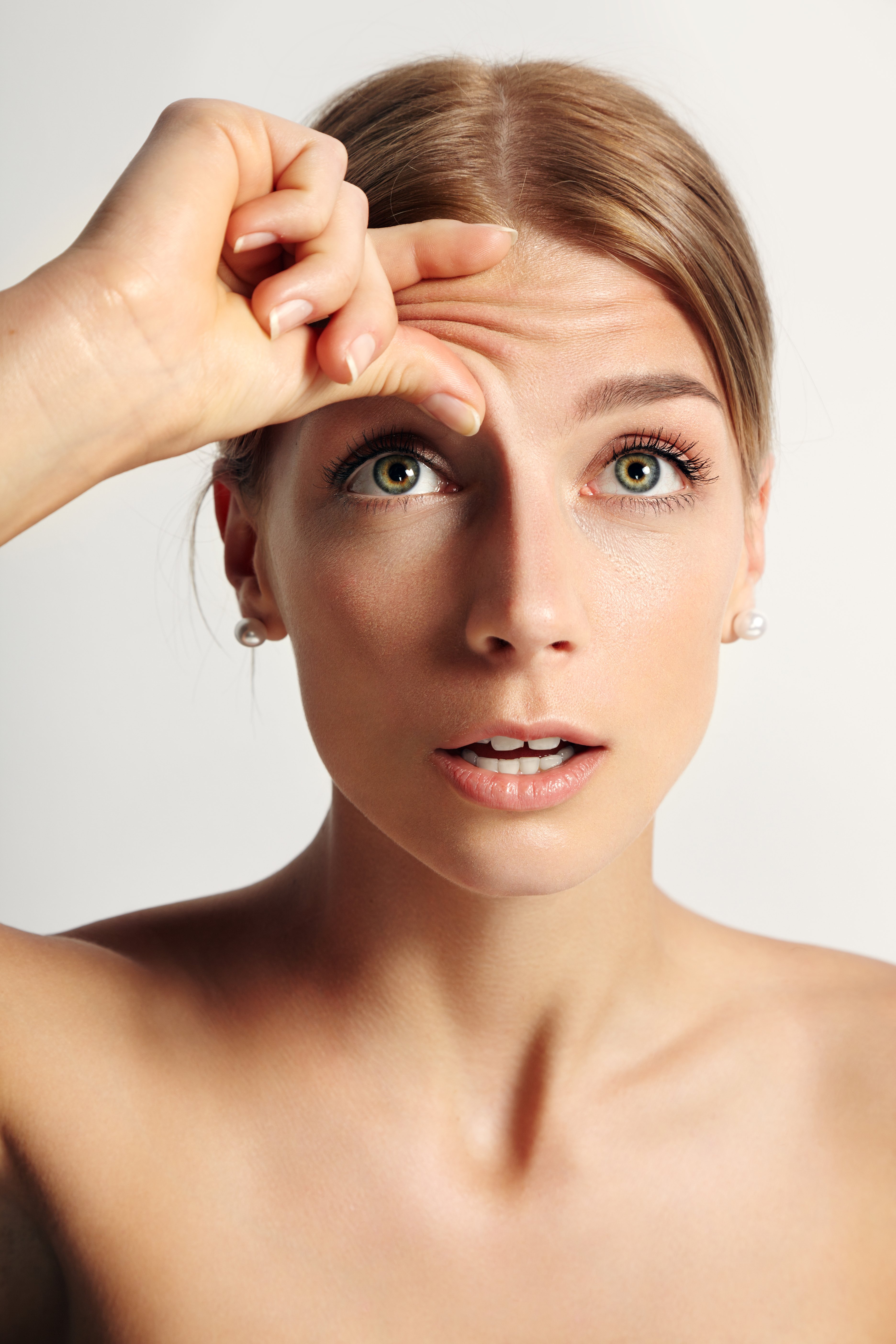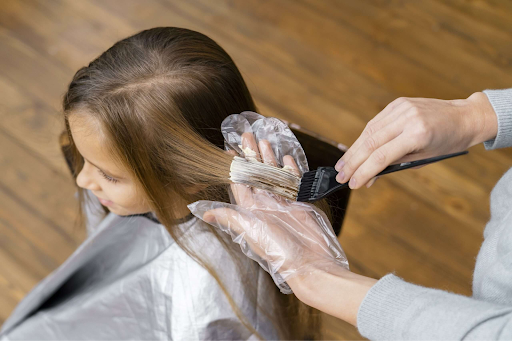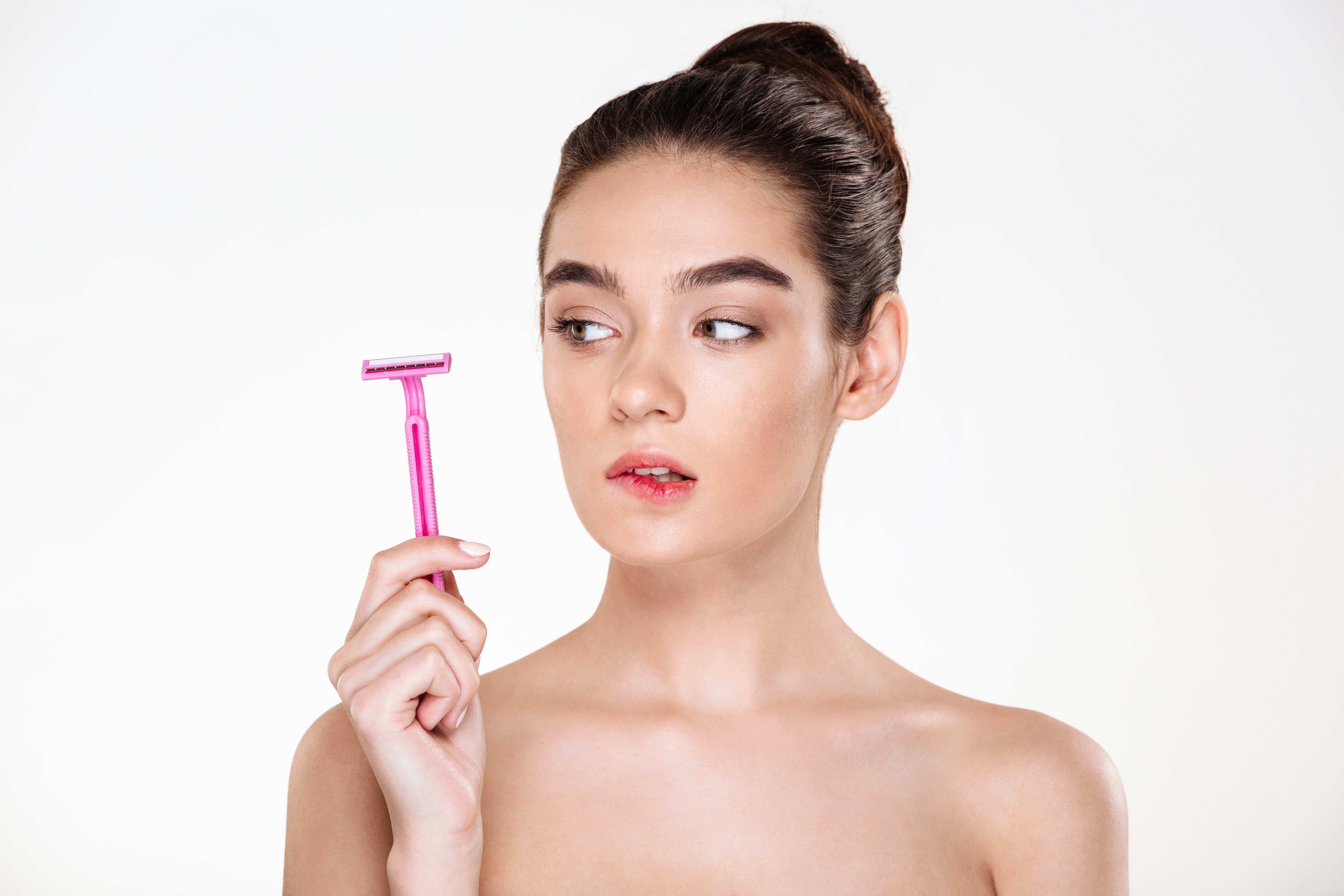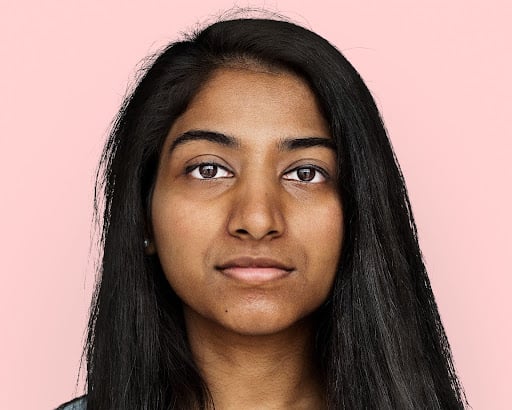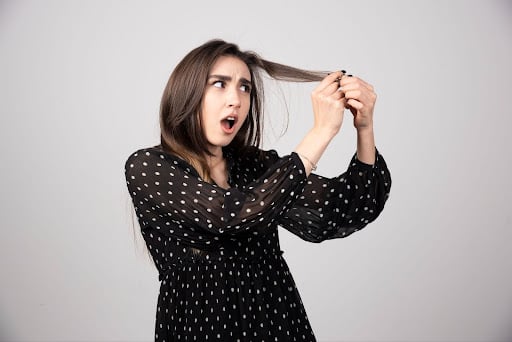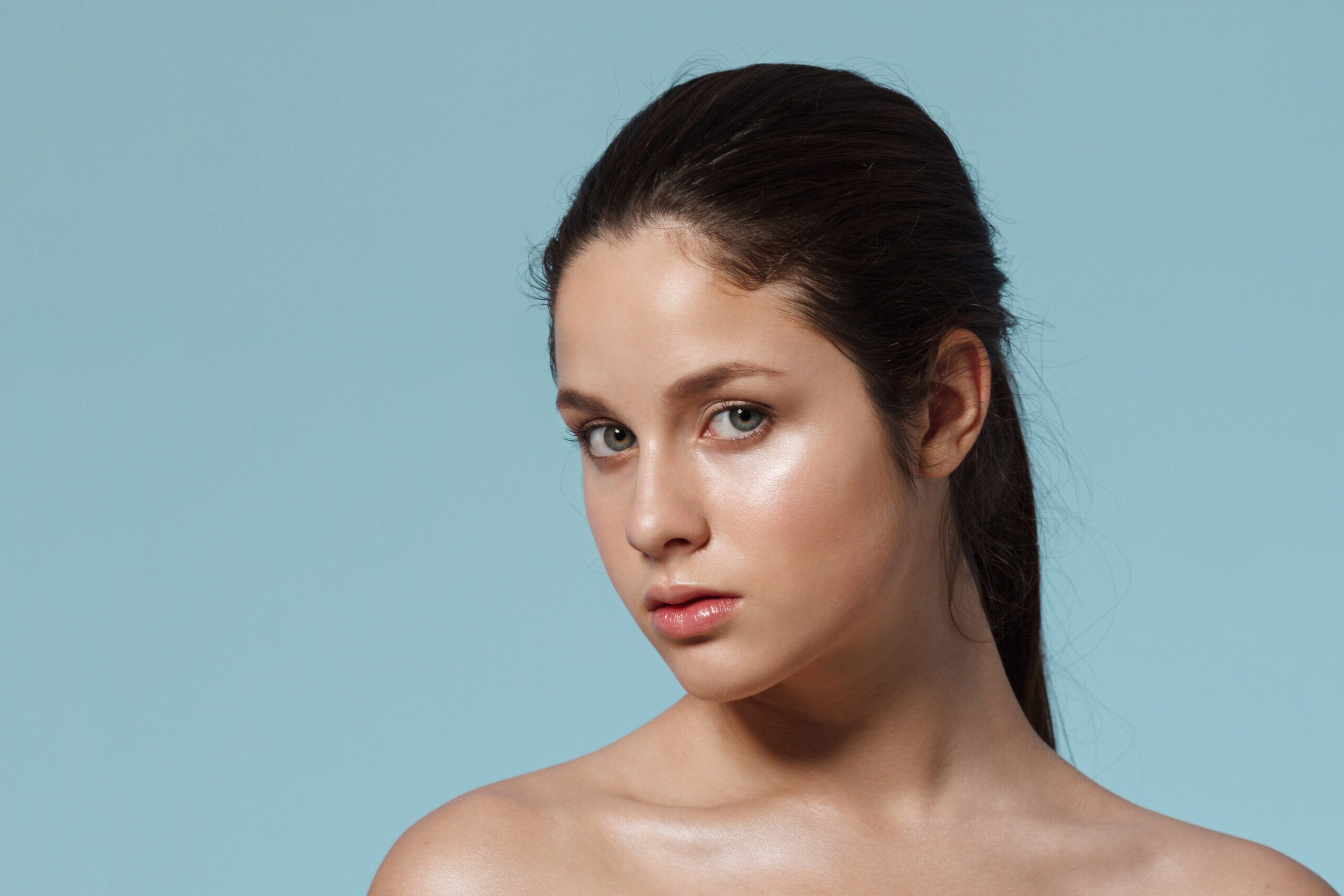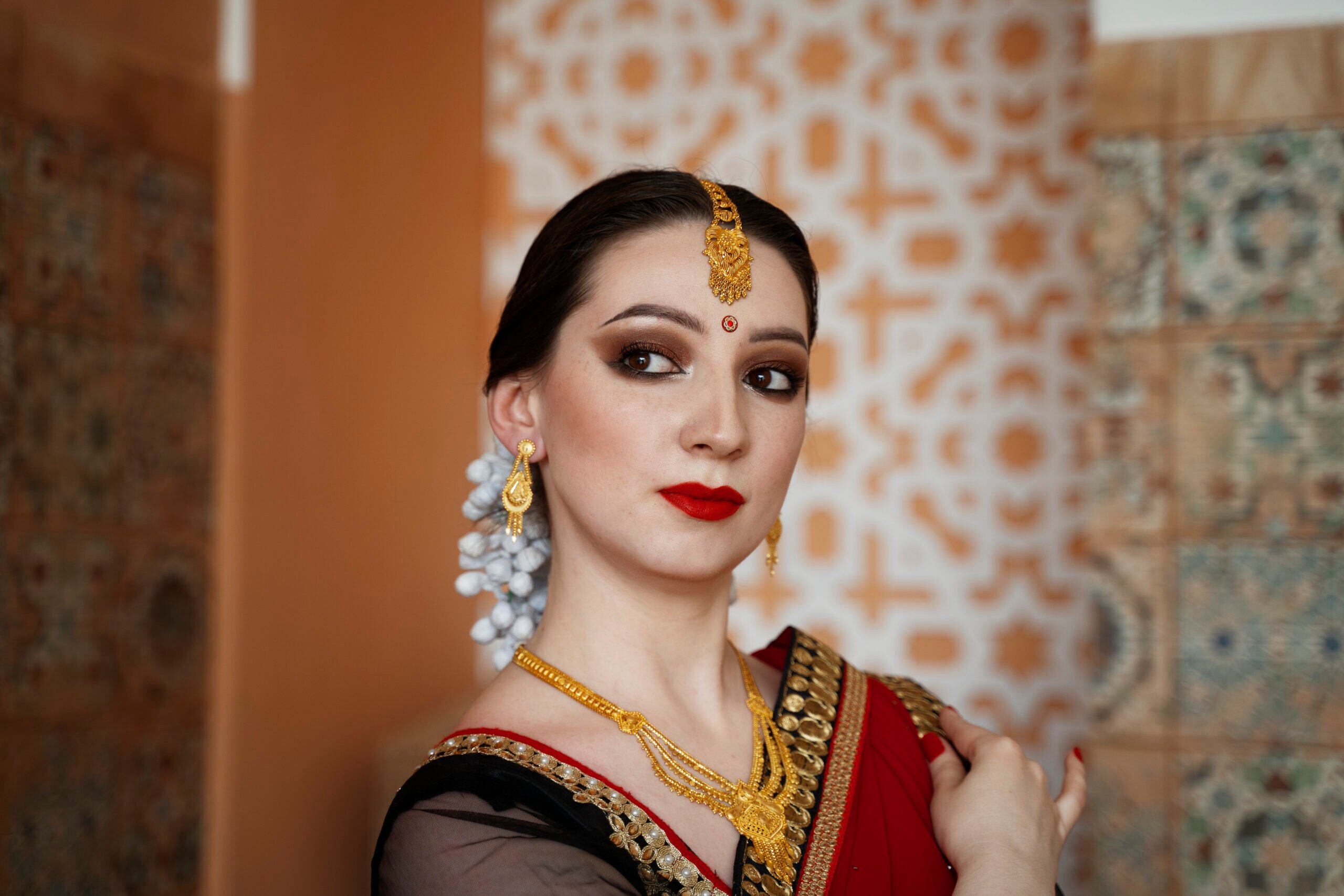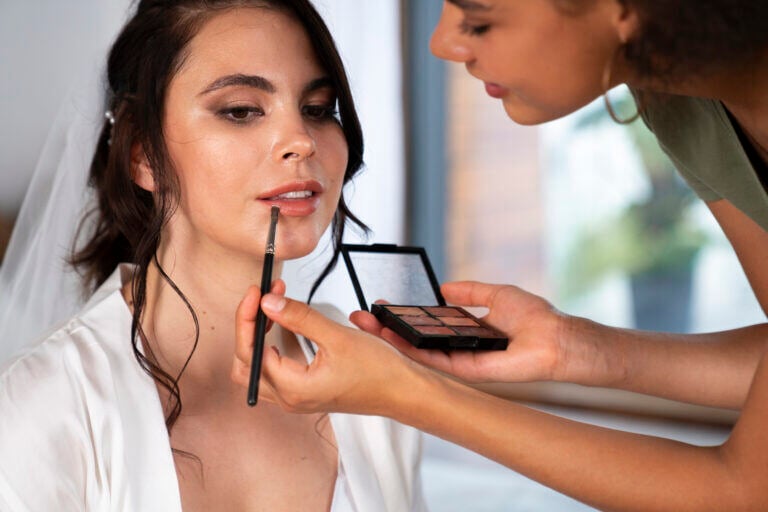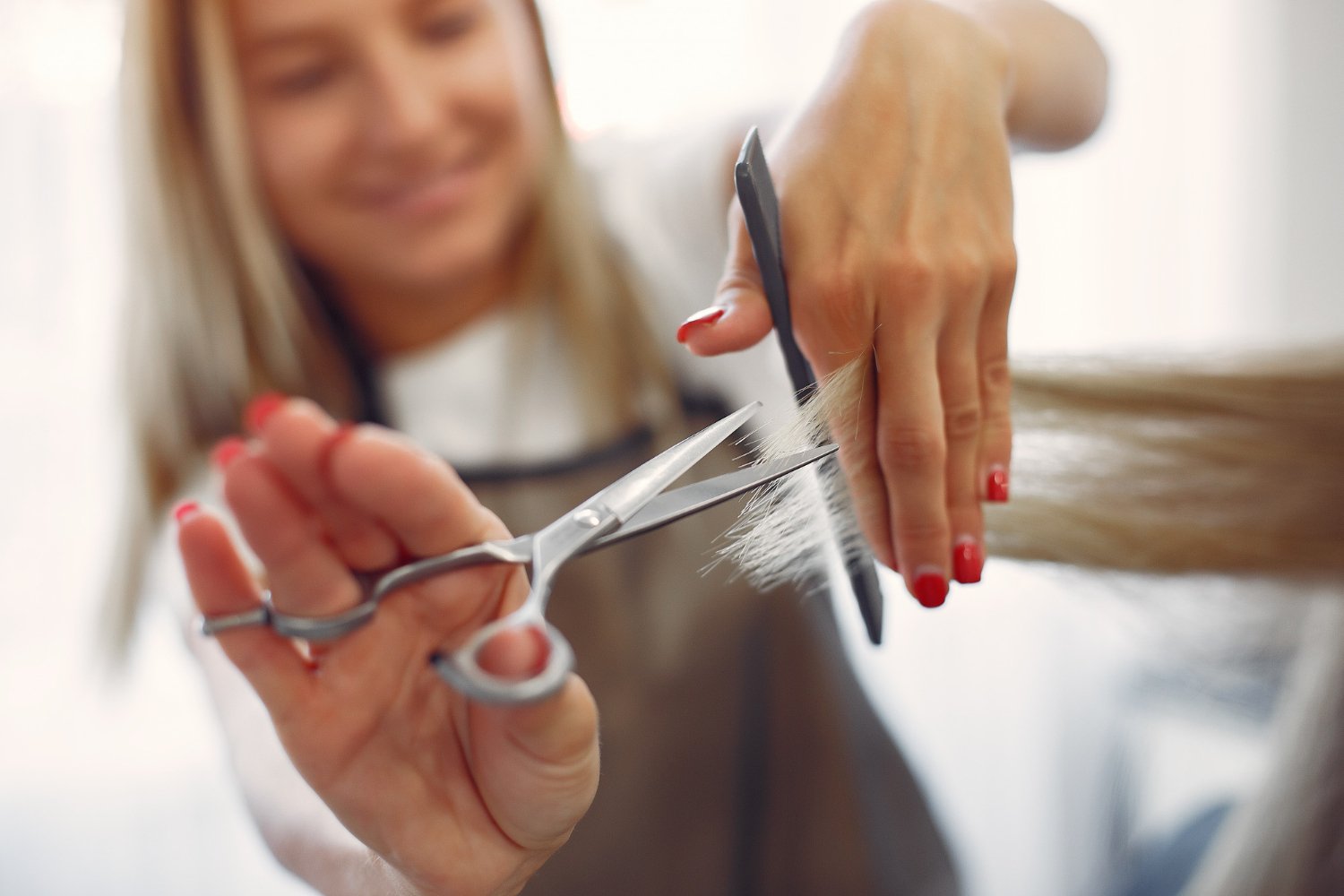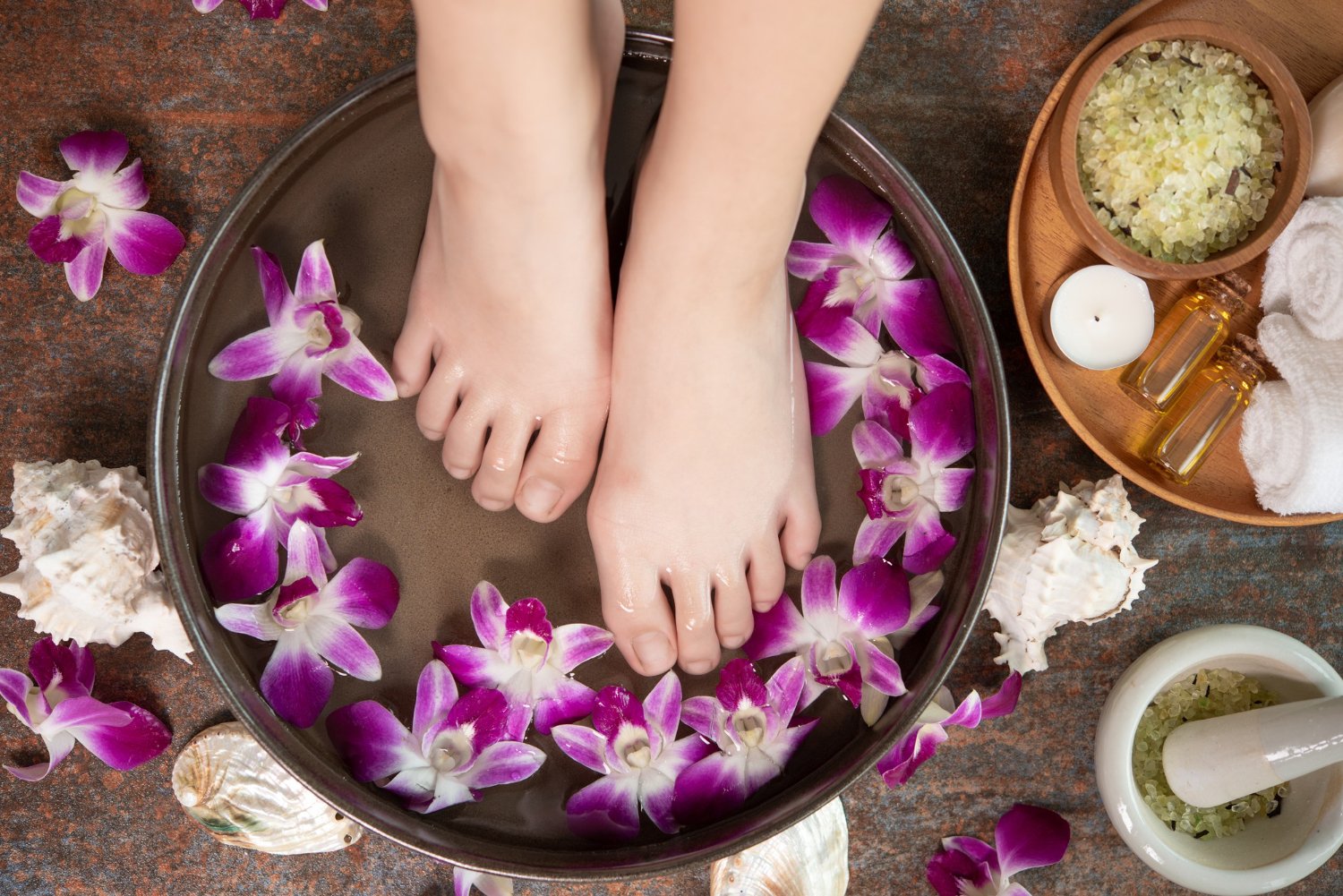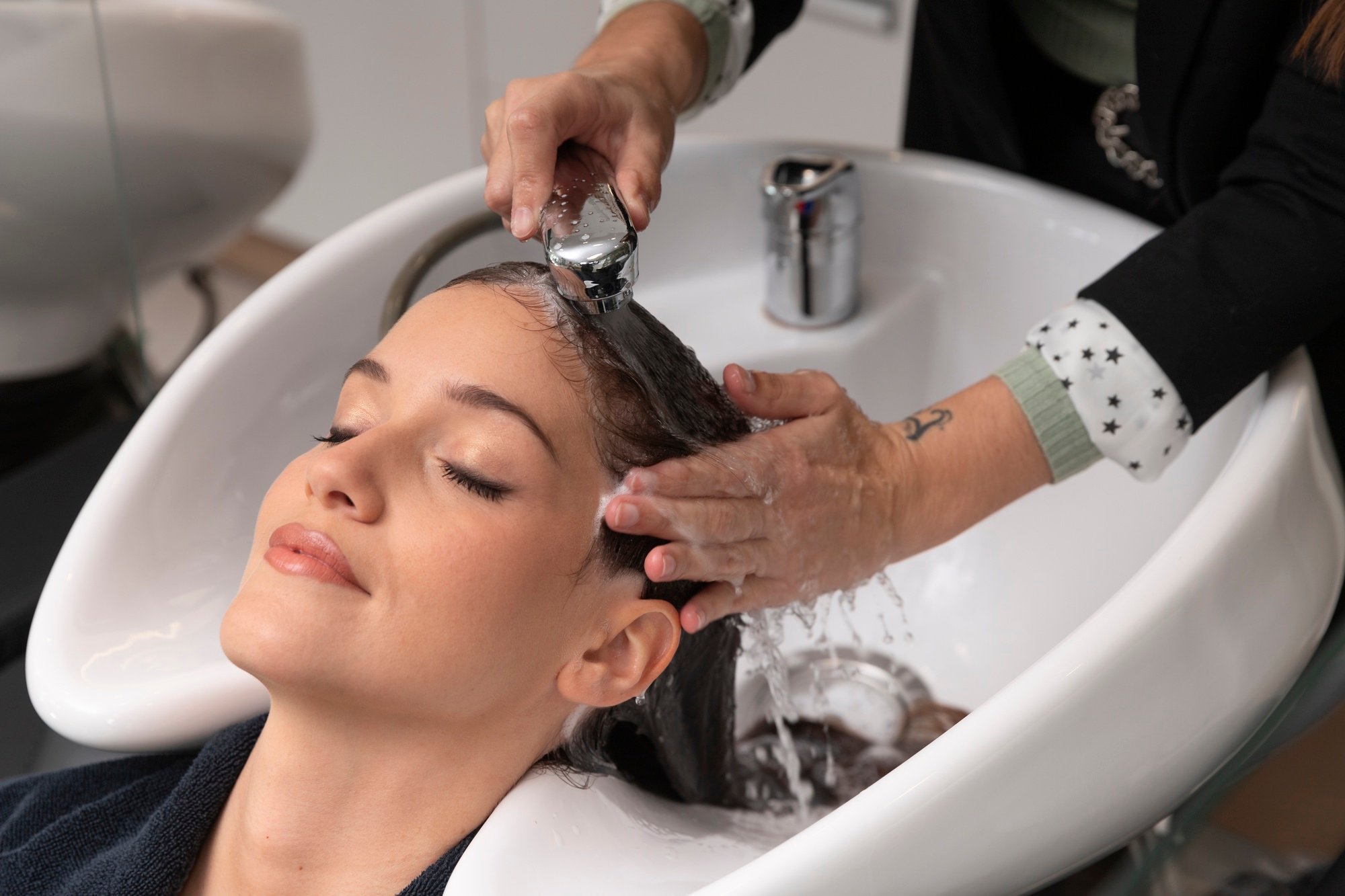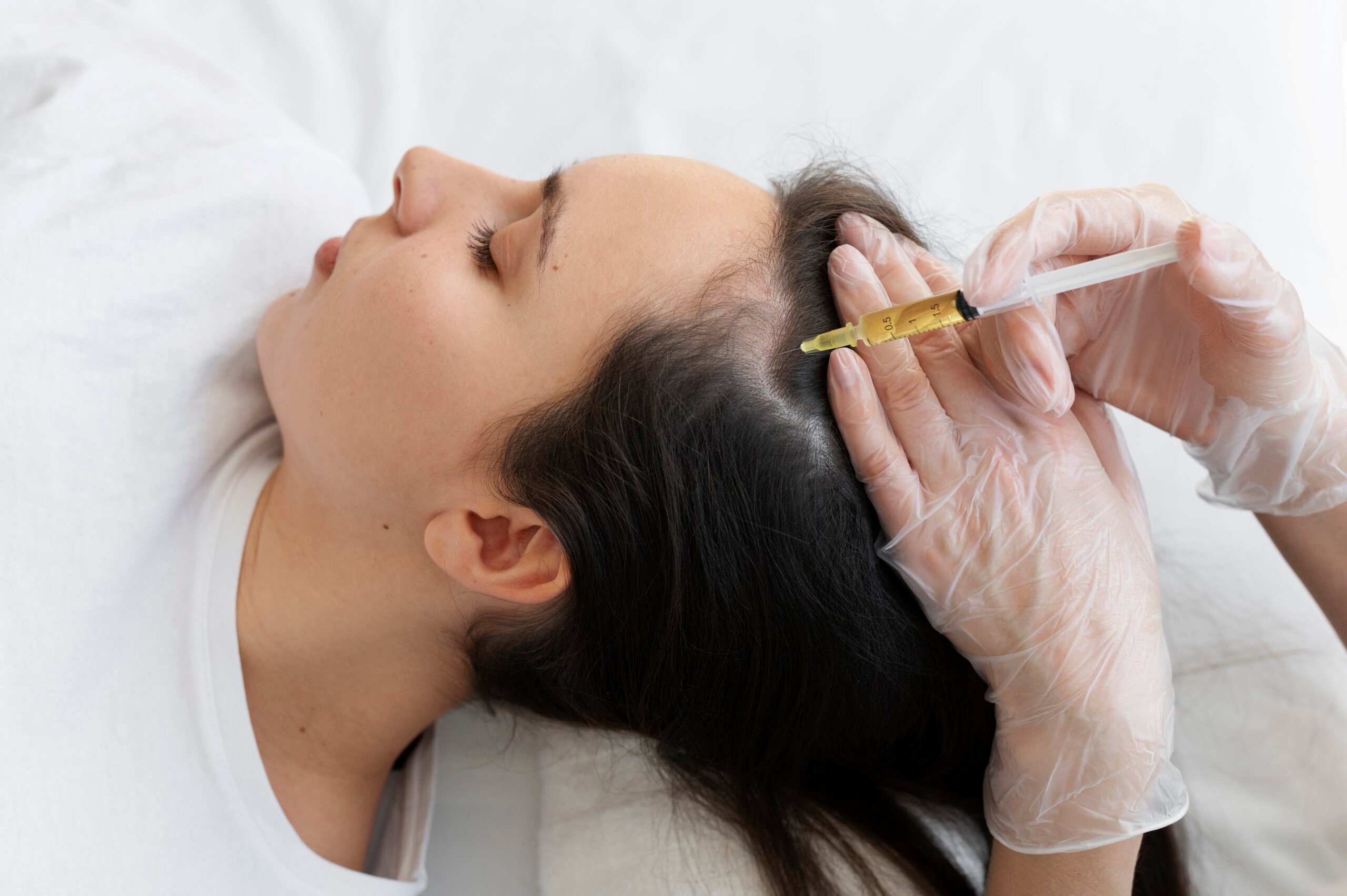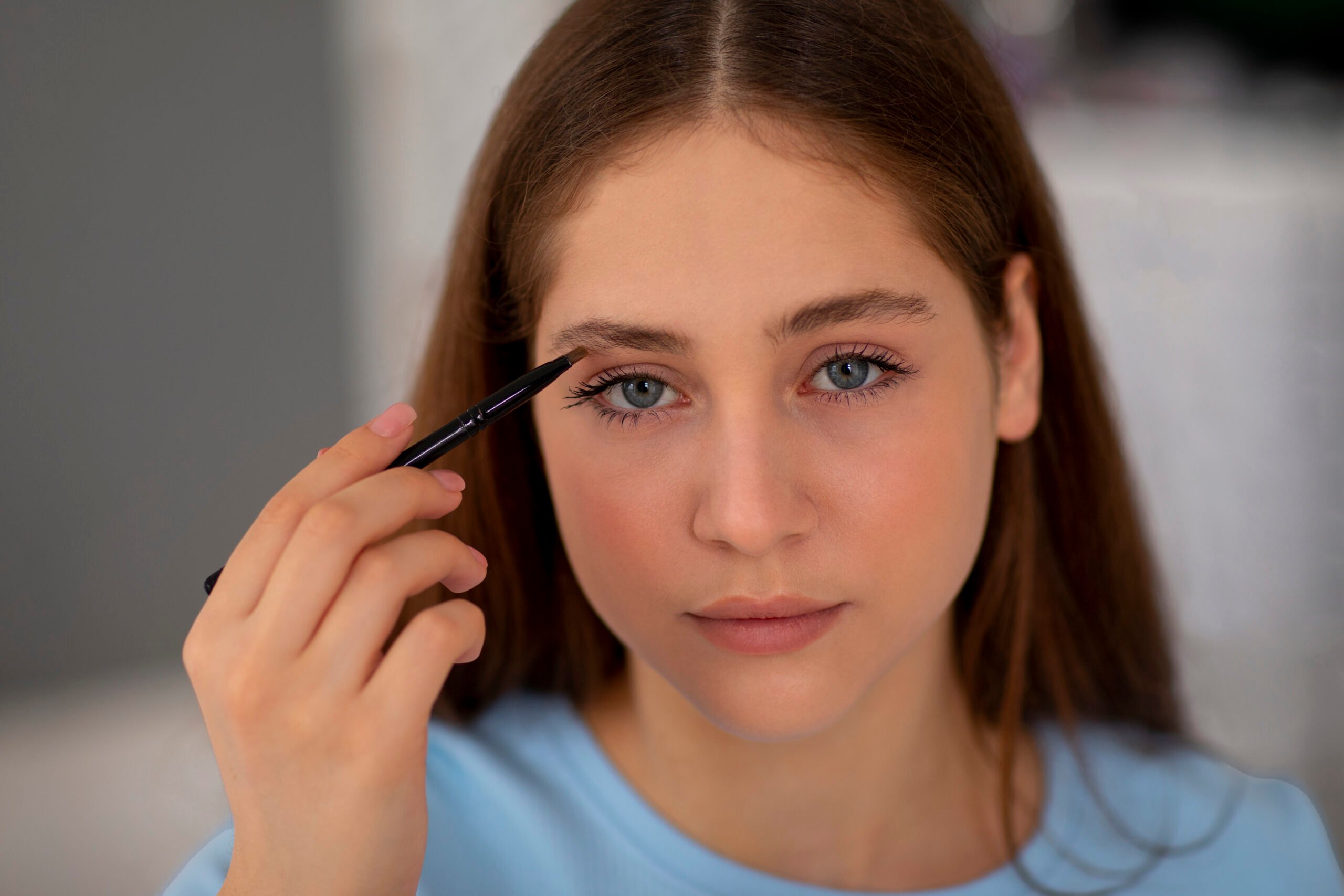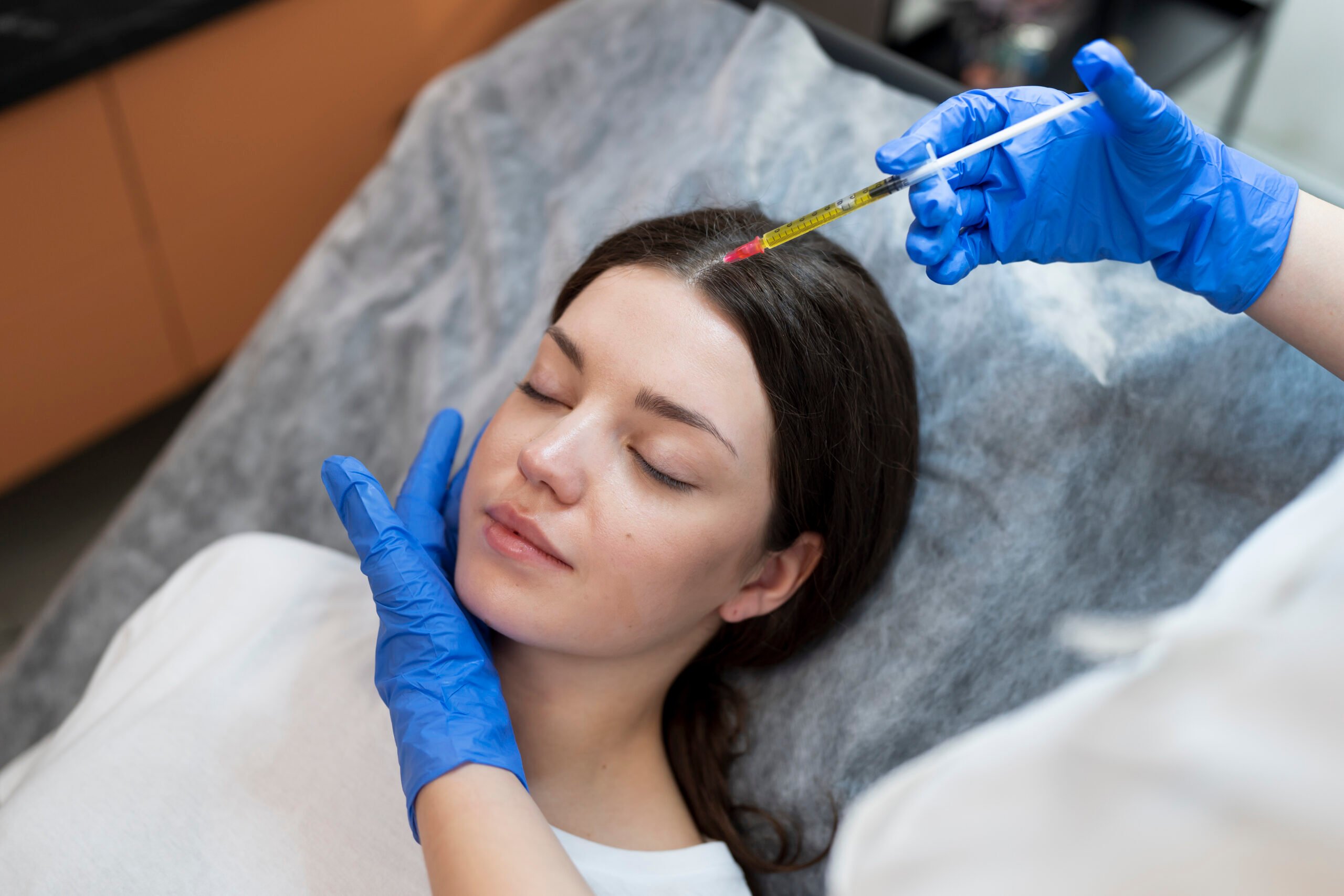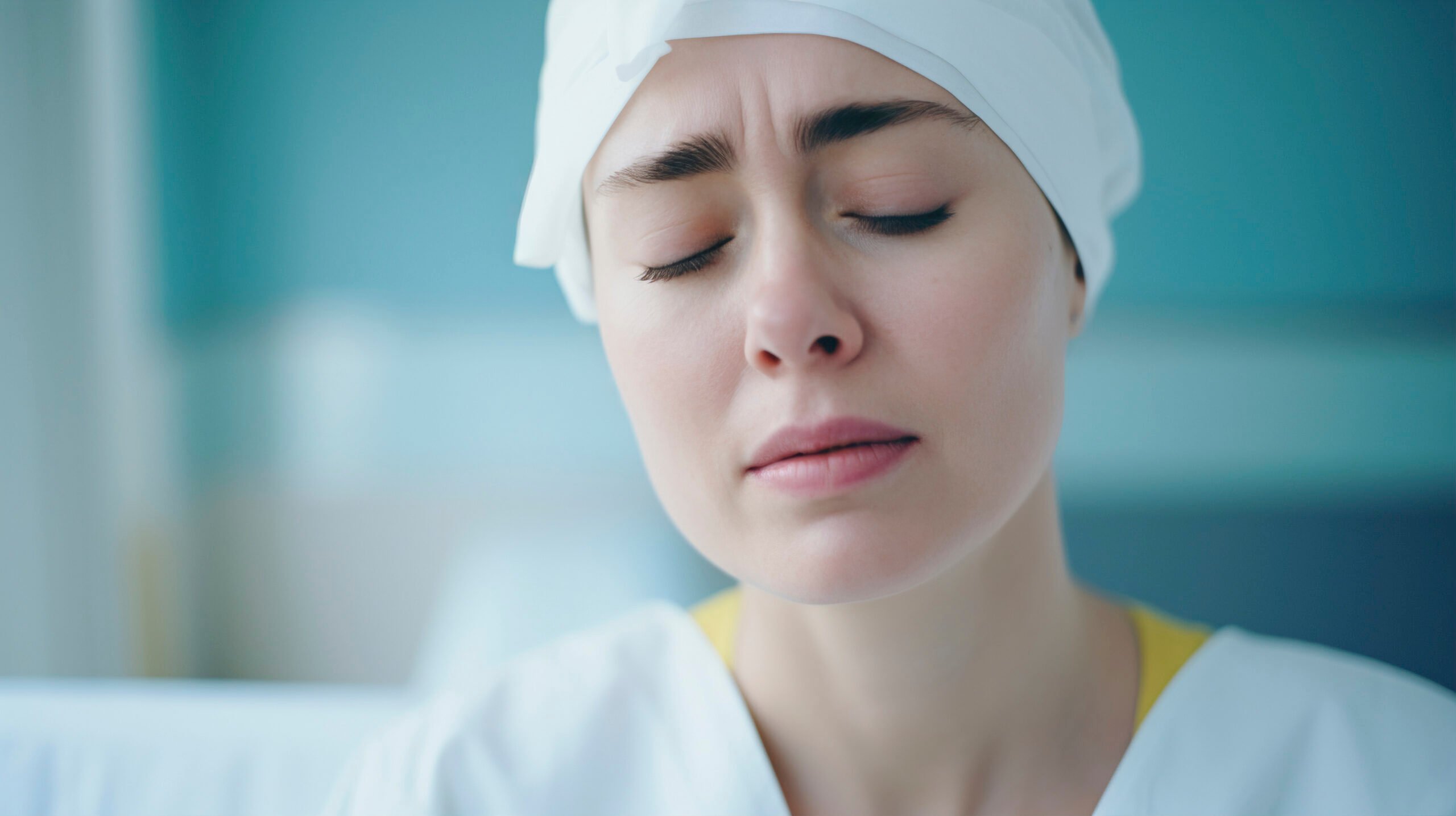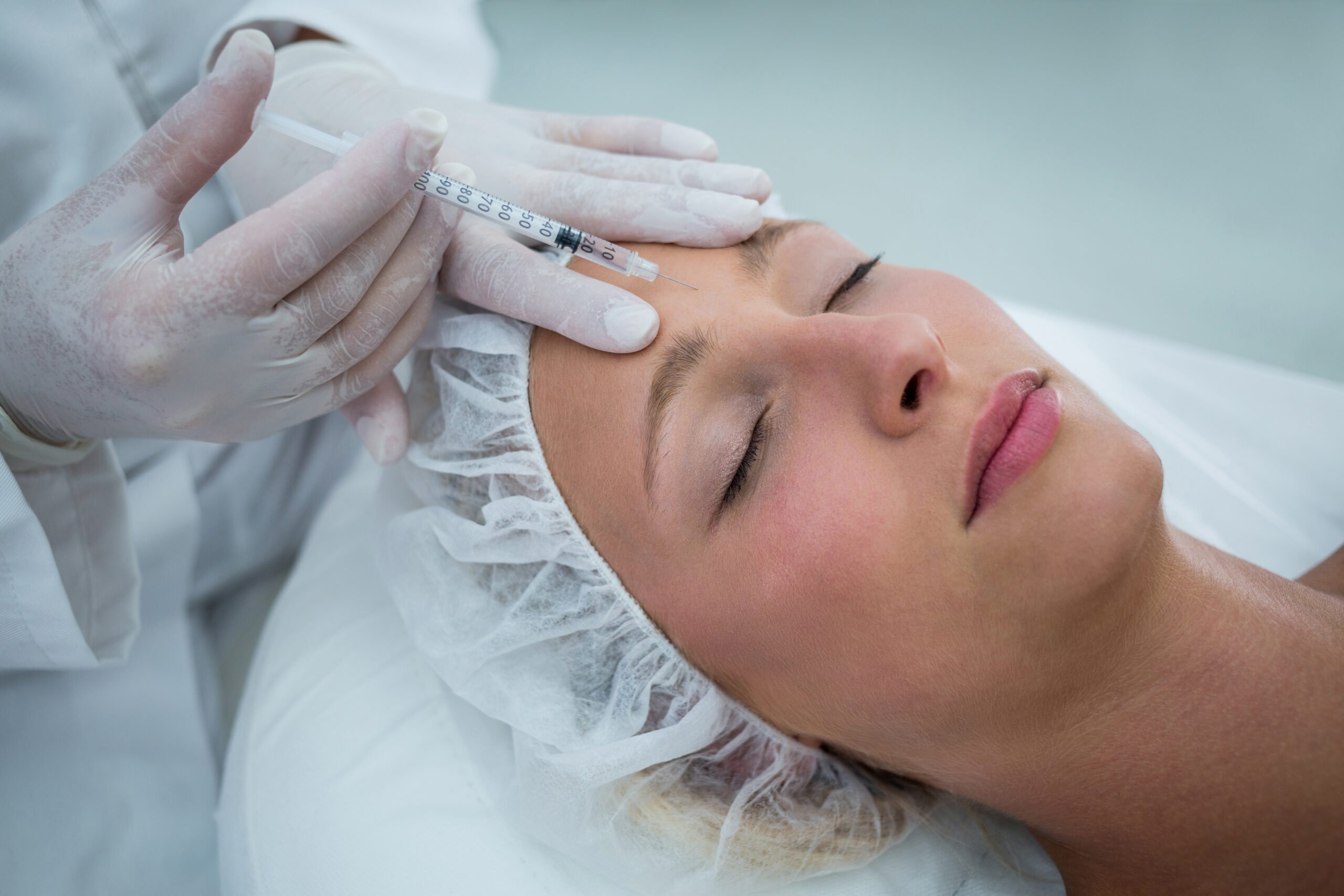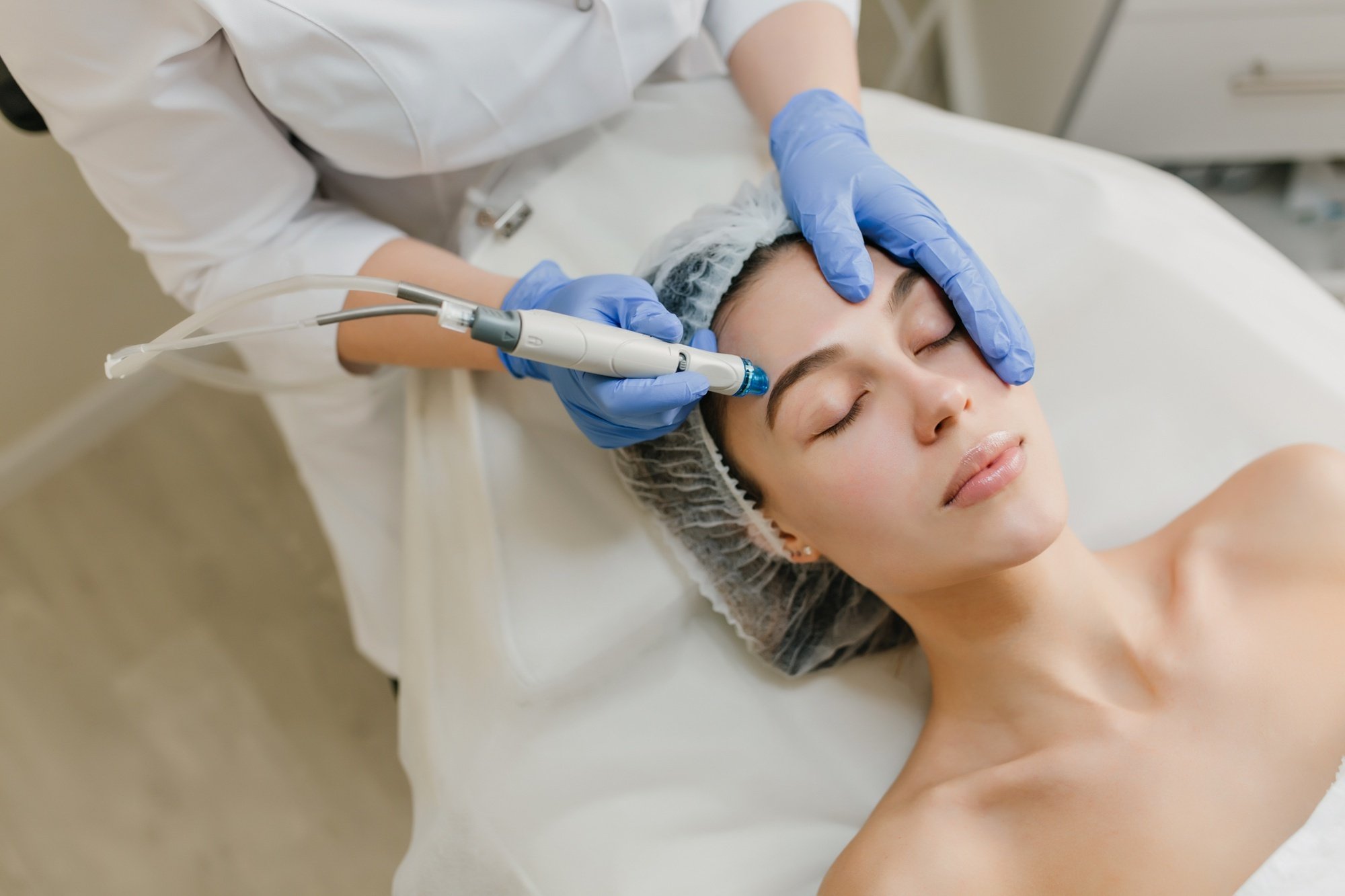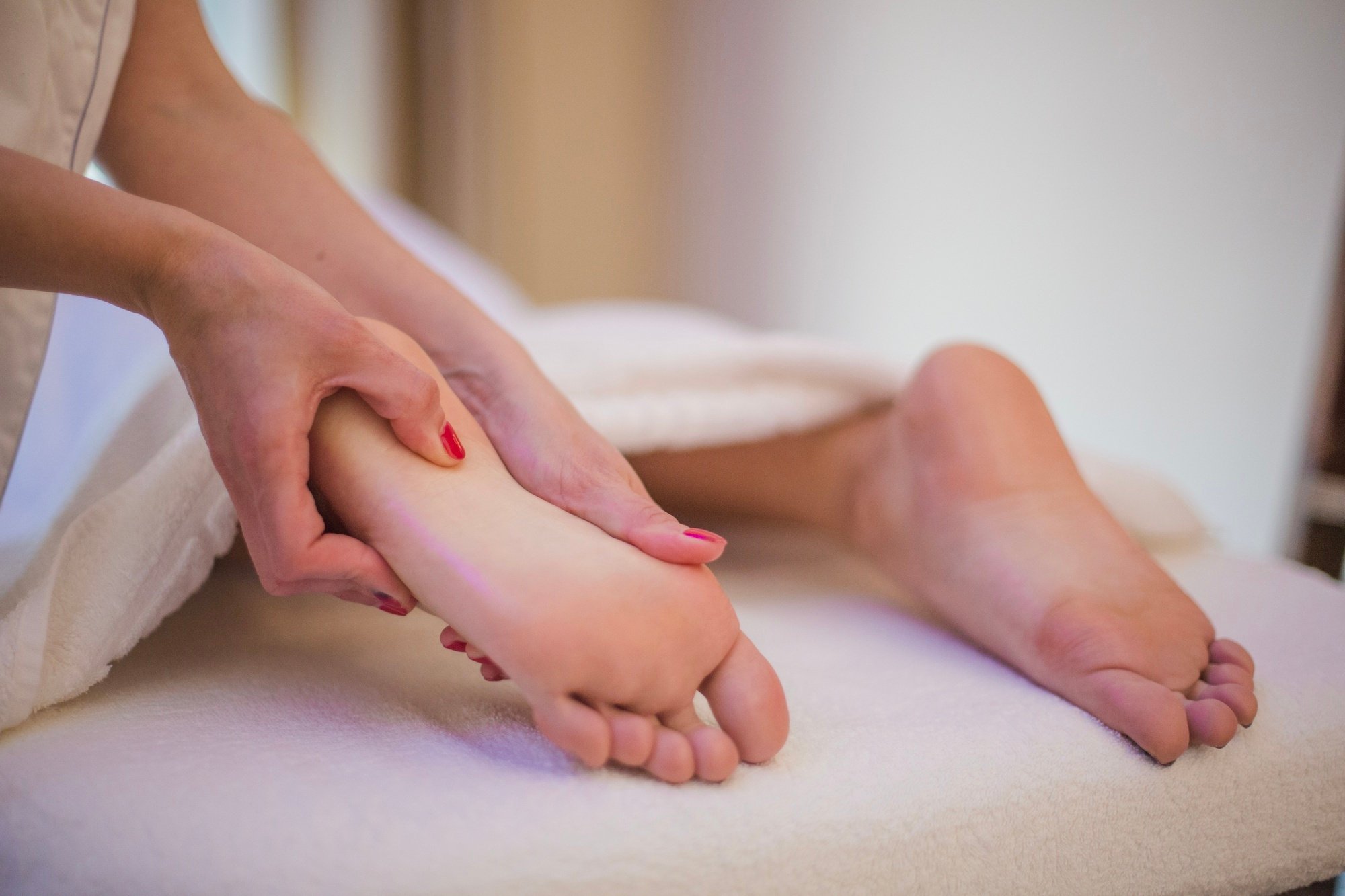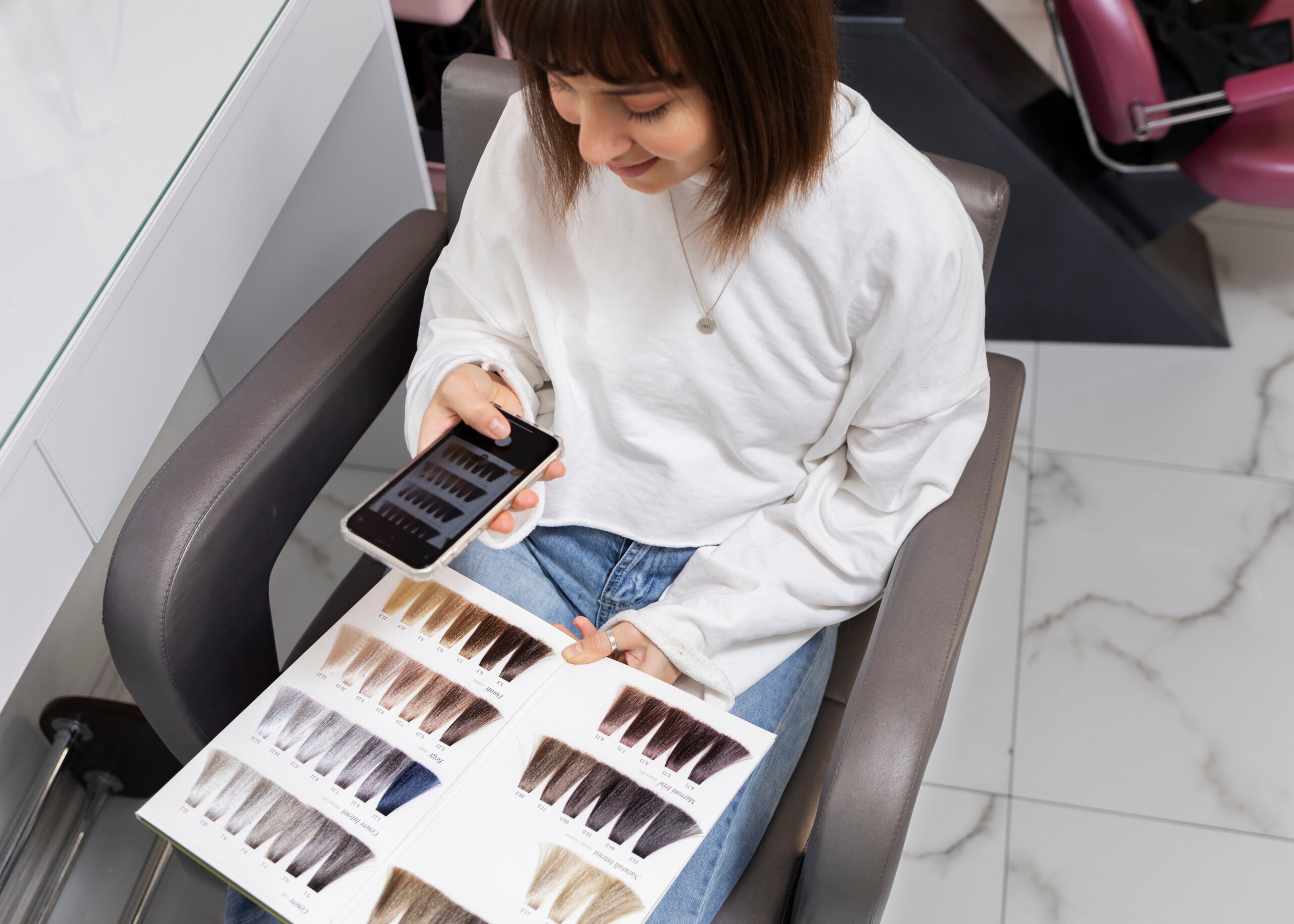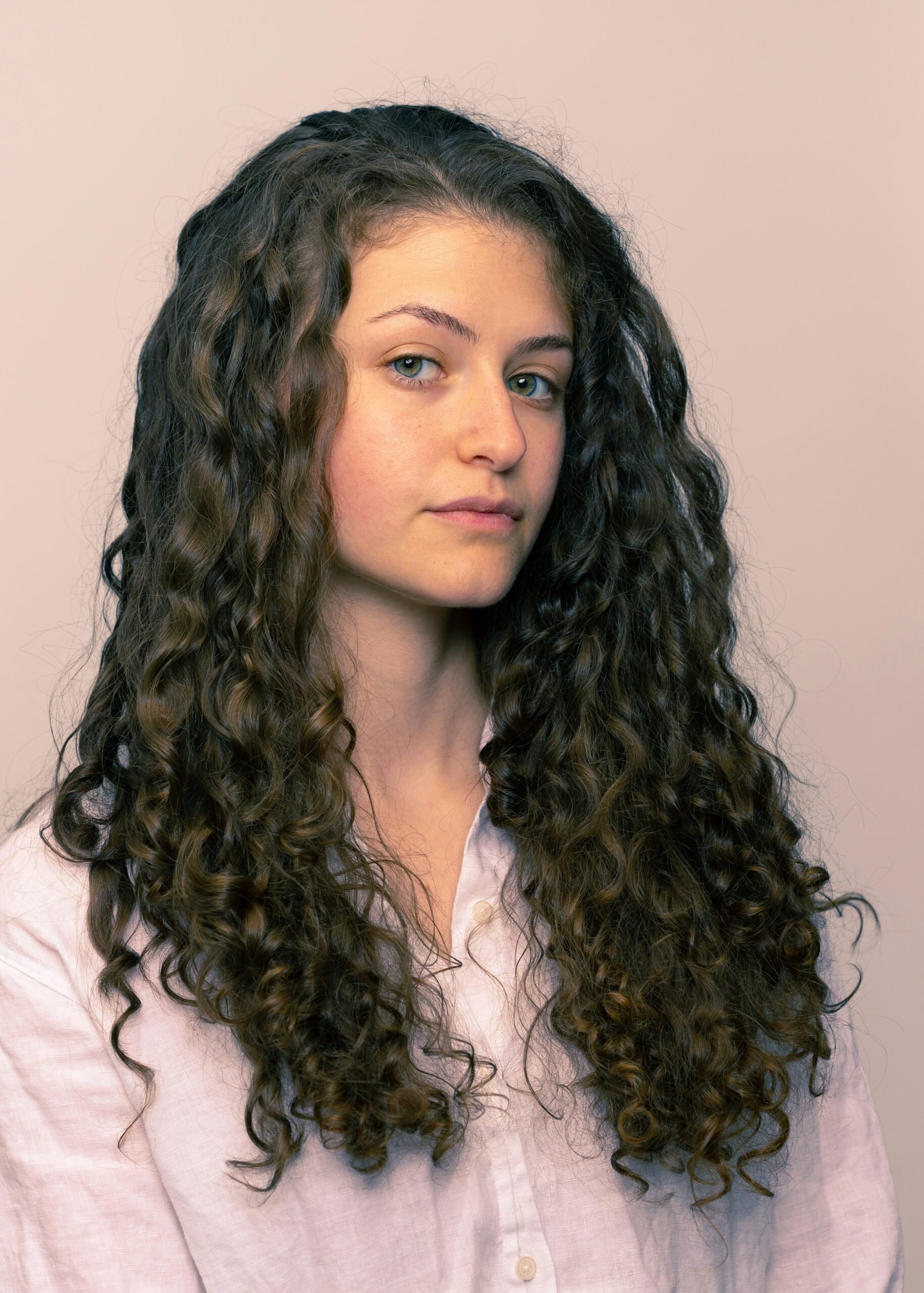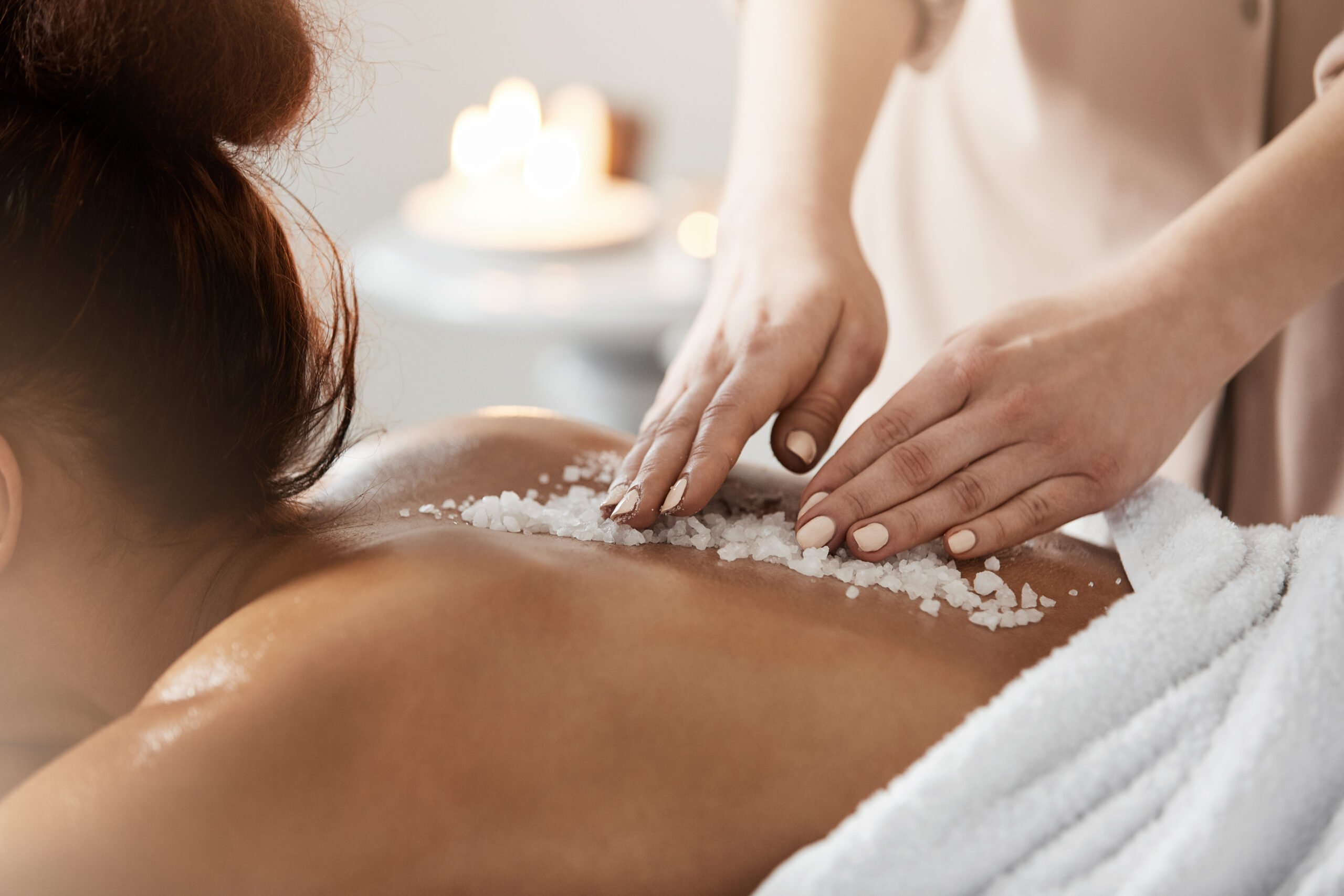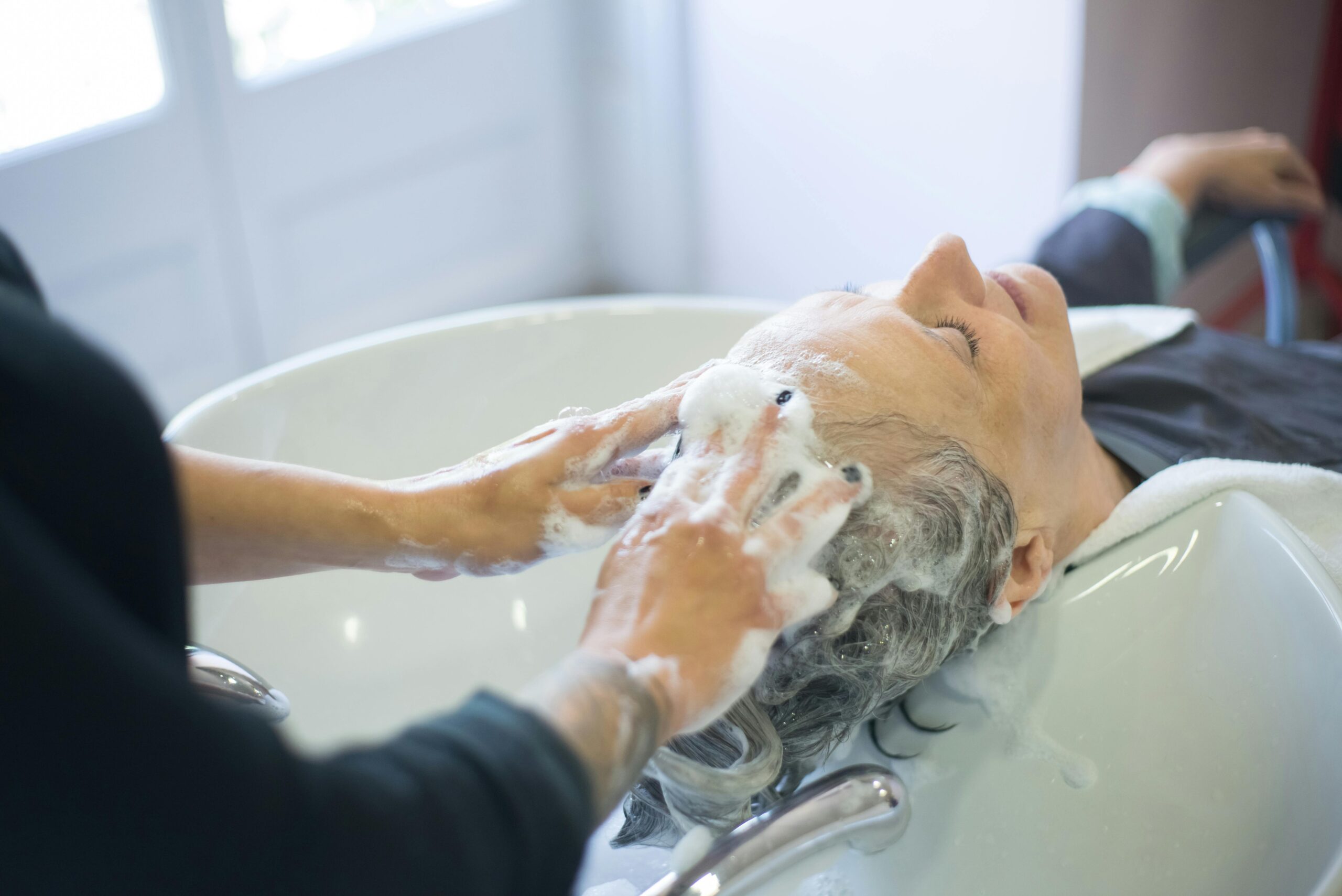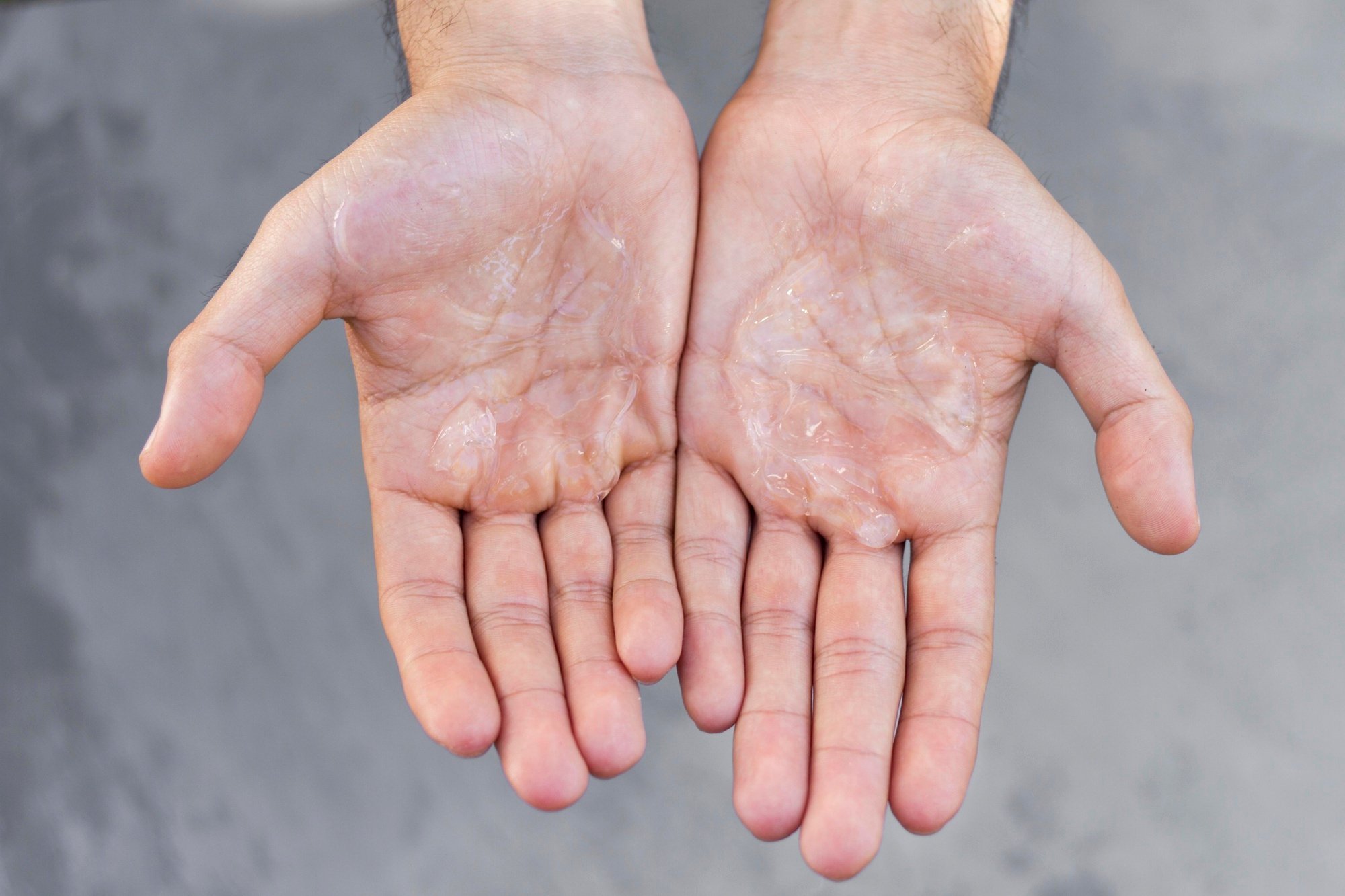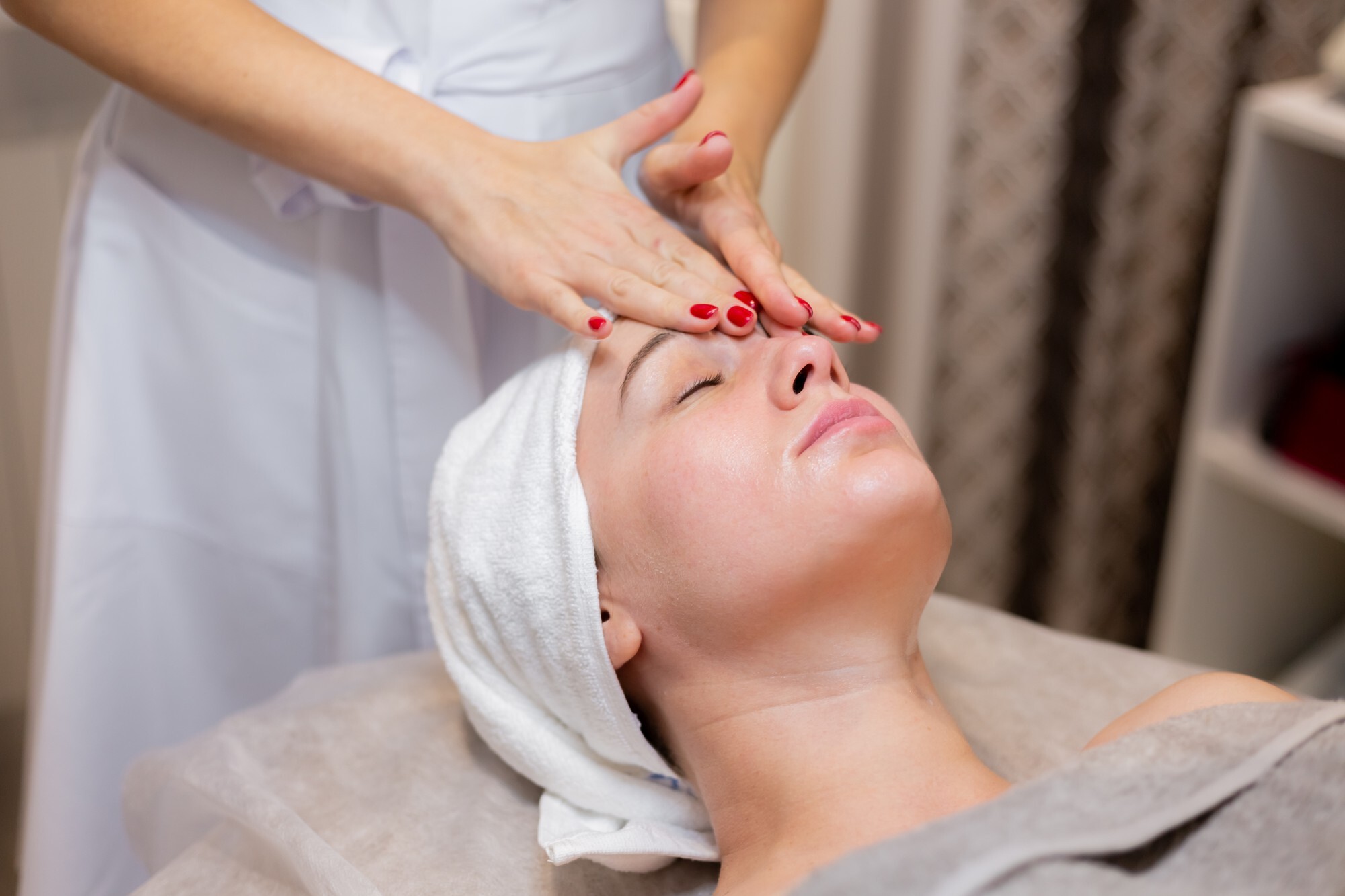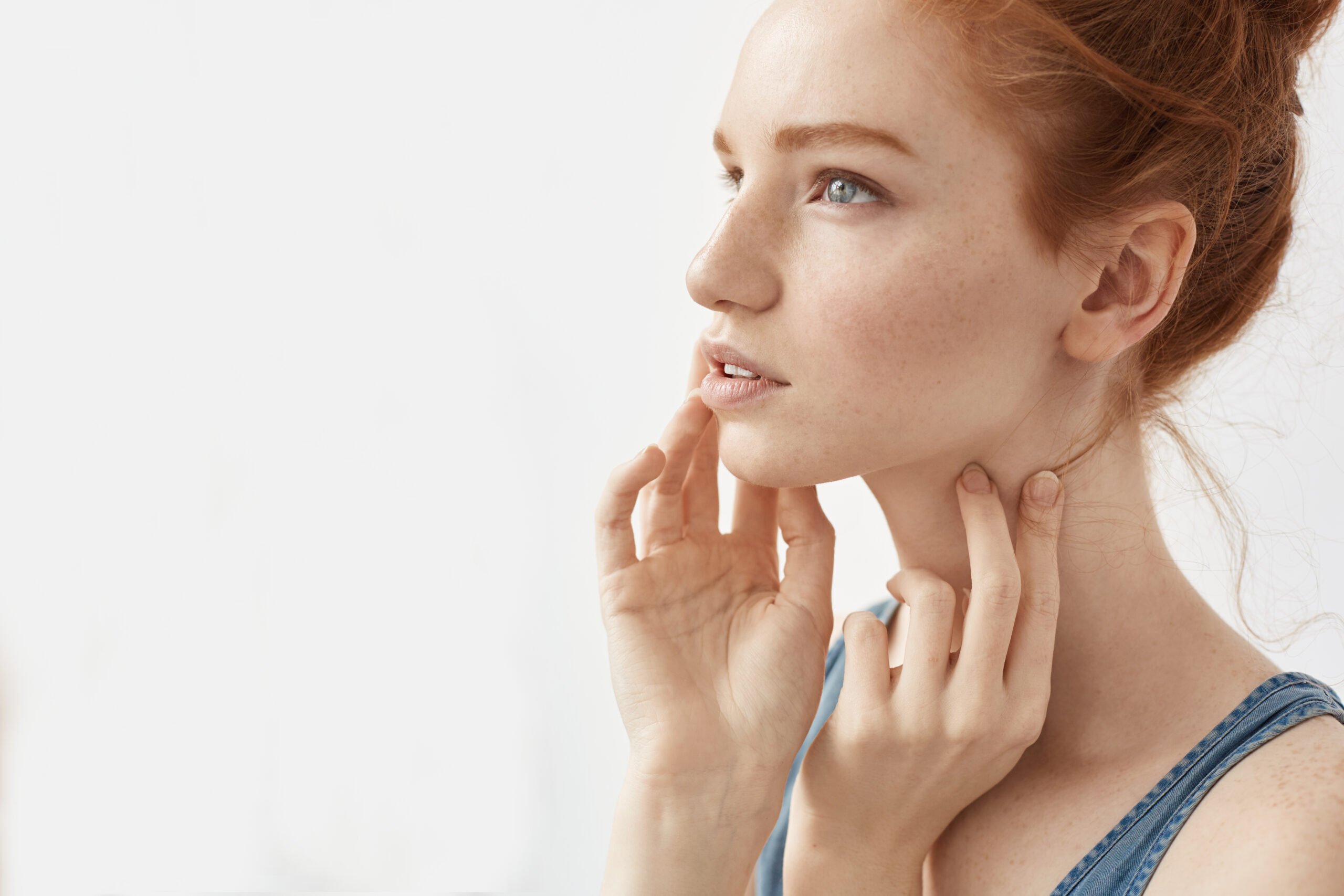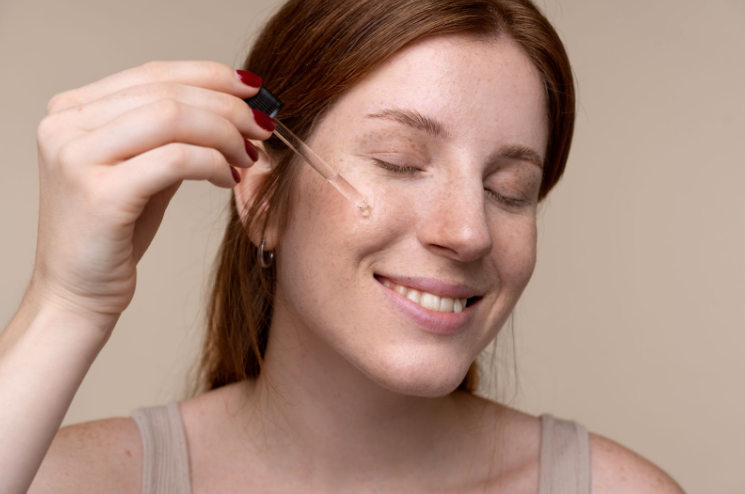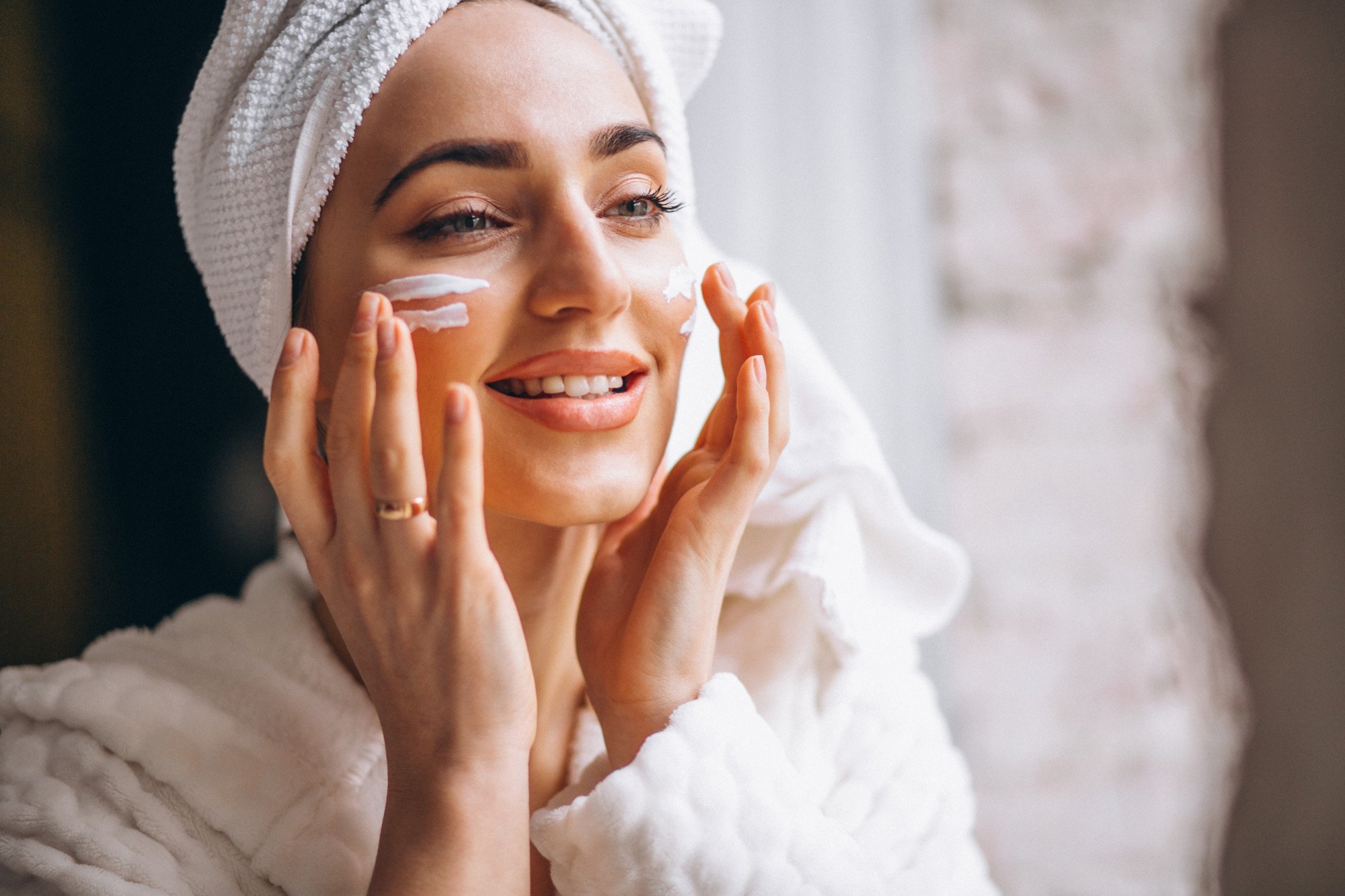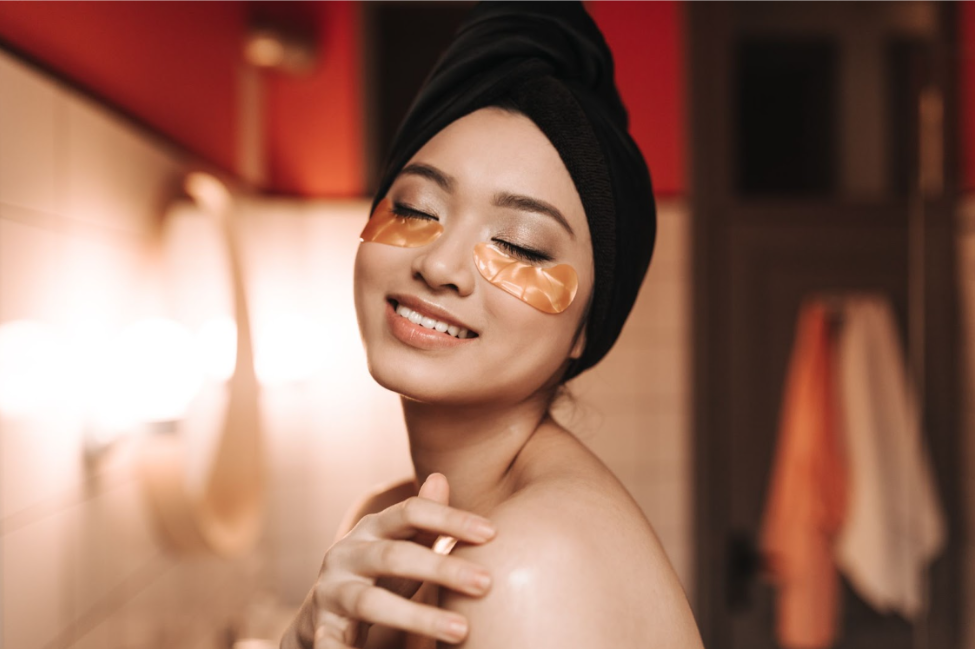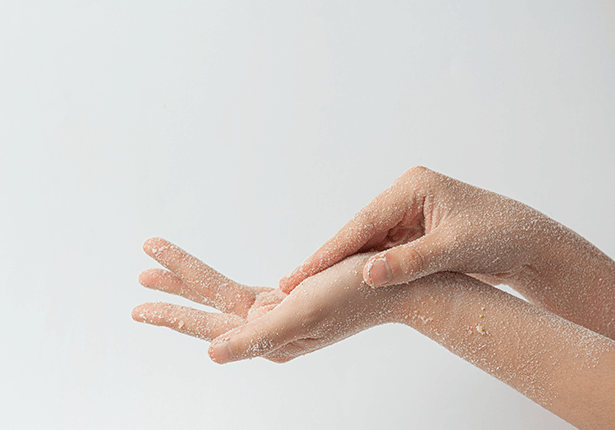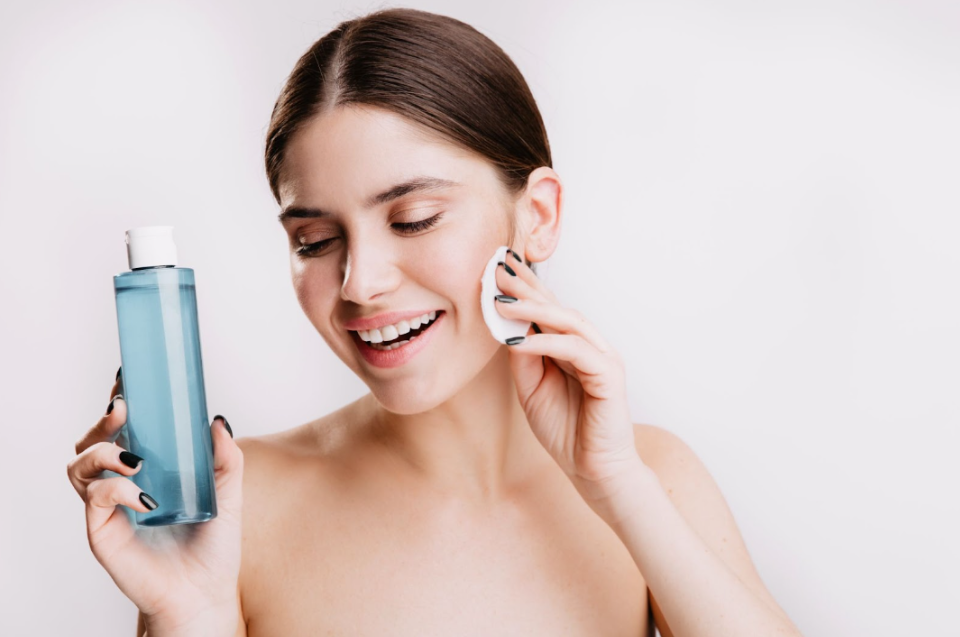Skin
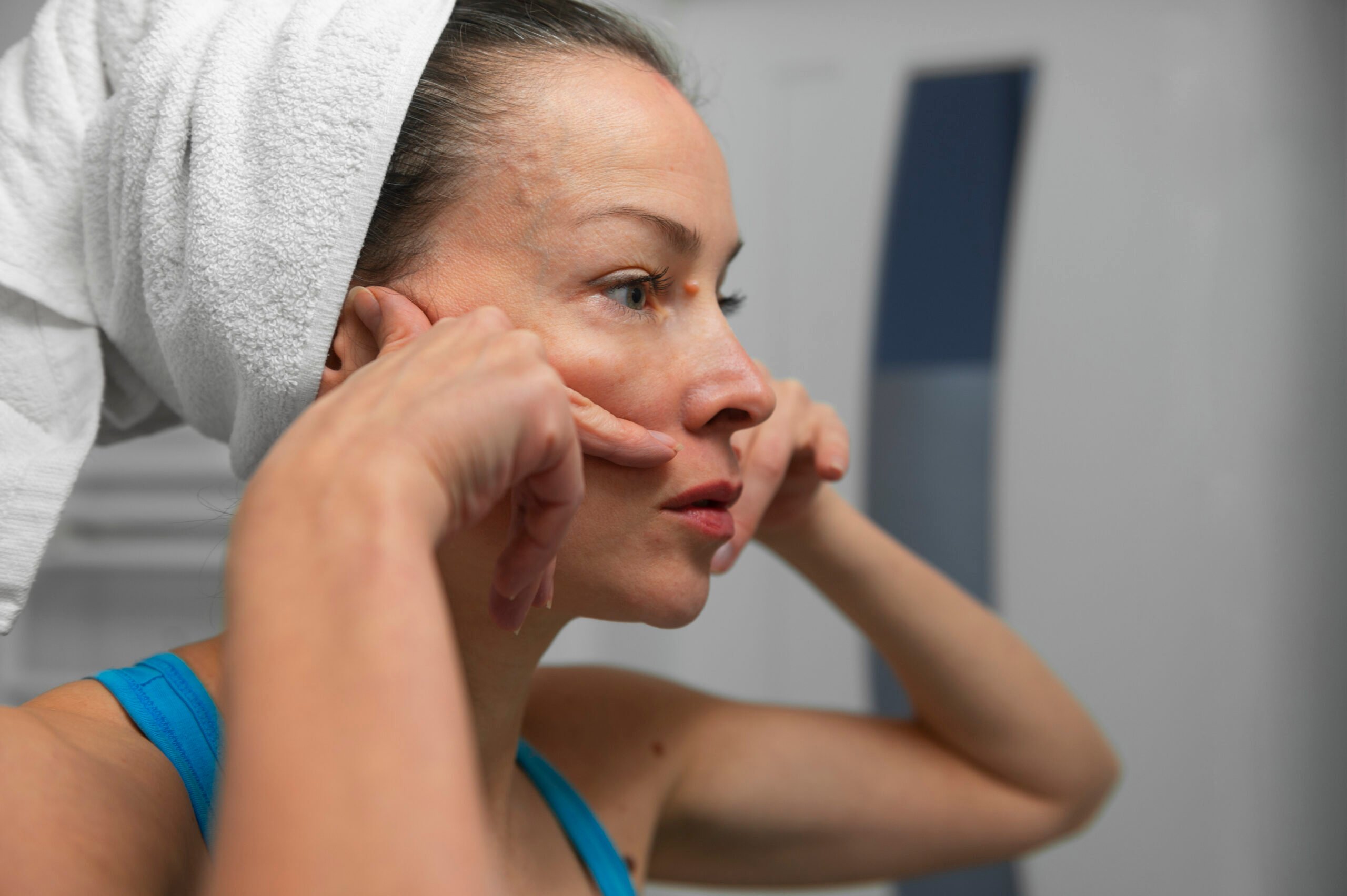
Skin
Dark Eyelids: Causes, remedies, and treatments
5 minutes read | 6 Jan 25
Dark eyelids can cast a shadow on your confidence, leaving you looking tired and worn out even when you feel your best. But it’s more than just a cosmetic concern—it’s a challenge with multiple solutions. Let’s find out the causes of black eyelids, from lifestyle influences to health-related factors, and explore a range of treatments that you need to reclaim that bright, wide-eyed appearance.
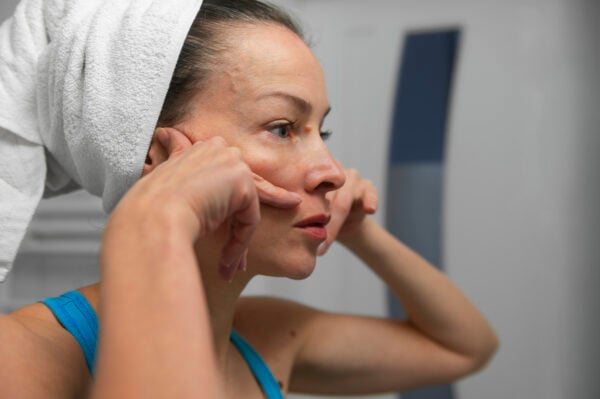
Common Causes of Dark Eyelids
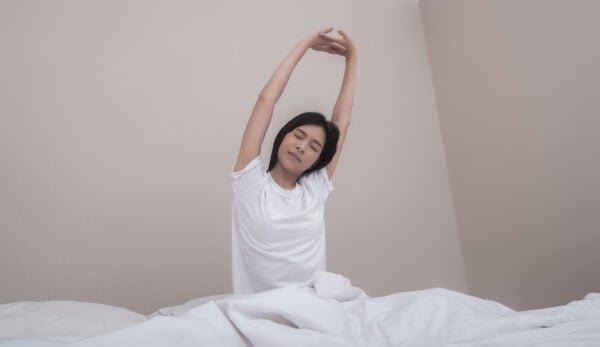
Let’s uncover the secrets to addressing this common concern and enhancing the natural beauty of your eyes.
Genetics:
Your genes play a significant role in the appearance of your skin, including the delicate skin around your eyes. If your family has a history of dark eyelids, you may be more likely to experience them as well.
Ageing:
As we age, the skin naturally becomes thinner and loses its elasticity. This can make blood vessels beneath the skin more visible, leading to a darker appearance around the eyes.
Lack of Sleep:
A common culprit of dark eyelids is insufficient sleep. When you’re tired, your skin can become dull and pale, allowing dark tissues and blood vessels beneath the skin to show.
Sun Exposure:
Excessive sun exposure prompts your body to produce more melanin, the pigment responsible for skin colour. This increased melanin can lead to darkening of the skin around your eyes. Read here to learn how you can reduce excess melanin in your skin.
Dehydration:
When the body is depleted of fluids, the eyes can appear sunken or hollowed, which can make the skin around the eyes appear darker.
Preventive Tips to Avoid Dark Eyelids

Now that you know the reasons for dark eyelids, let’s talk about the several effective preventive measures you can adopt to avoid the onset of dark eyelids.
Stay Hydrated:
Drinking at least eight glasses of water daily is crucial for keeping your skin hydrated and preventing dryness, which can contribute to black eyelids.
Get Adequate Sleep:
Aim for 7-9 hours of quality sleep each night. Lack of sleep can exacerbate the appearance of dark eyelids by making your skin look pale and emphasising discolouration.
Protect from Sun Exposure:
Always wear broad-spectrum sunscreen on your eyelids, along with sunglasses that block UVA and UVB rays. This protects the delicate skin from sun damage, which can lead to darkening.
Elevate Your Head While Sleeping:
Using extra pillows or a recliner can help improve blood circulation and reduce puffiness around the eyes, minimising the risk of dark eyelids.
Maintain a Healthy Diet:
Incorporate foods rich in vitamins C and E, as well as antioxidants, into your diet. These nutrients support skin health and may help prevent pigmentation issues.
Black Eyelid treatments
After knowing the preventive tips to avoid black eyelids, let’s learn about the various dark upper eyelid treatments that can be done. There are two treatments that we have mentioned below:
Topical Treatments
Hydroquinone:
This prescription skin-lightening agent inhibits melanin production and is effective in reducing hyperpigmentation. However, it should be used cautiously, particularly on the delicate eyelid skin
Retinoids:
Topical retinoids like tretinoin promote skin cell turnover and can help lighten dark eyelids by decreasing melanin production.
Vitamin C:
Known for its antioxidant properties, vitamin C can brighten the skin and reduce pigmentation. Look for eye creams containing stable forms of vitamin C.
Kojic Acid:
Derived from fungi, kojic acid inhibits melanin production and can effectively lighten dark spots on the eyelids.
Niacinamide:
This ingredient helps improve skin tone and texture, making it a valuable addition to your skincare routine for dark eyelids.
Professional Treatments
For more persistent causes of black eyelids, dermatological procedures may be necessary
Chemical Peels:
Chemical peel treatments using glycolic or salicylic acid exfoliate the skin and help lighten pigmentation by removing pigmented cells.
Laser Therapy:
Fractional laser or intense pulsed light (IPL) therapy targets melanin in the skin, promoting an even skin tone while stimulating collagen production
Microneedling:
The microneedling procedure creates controlled micro-injuries in the skin to enhance collagen production and improve the absorption of topical treatments, aiding in lightening dark eyelids.
Injectable Fillers:
For some individuals, fillers can help improve the appearance of dark circles by adding volume to sunken areas around the eyes
Blepharoplasty:
This surgical option addresses baggy eyelids and dark circles by removing excess skin and fat, resulting in a rejuvenated look.
Conclusion
While dark eyelids can be a common concern, they don’t have to define your look or dampen your confidence. Understanding the various causes, from genetics and lifestyle choices to environmental factors, empowers you to take action against those stubborn black eyelids. If you're wondering how to get rid of black eyelids, you're in luck. We have mentioned a wealth of remedies and treatments at your disposal. Book your appointment today at Bodycraft and get yourself pampered.
FAQs
What lightens dark eyelids?
Dark eyelids can be lightened through a combination of lifestyle changes and topical treatments. Getting enough sleep, managing stress, and maintaining a healthy diet can contribute to improved skin health. Topical treatments like hydroquinone, arbutin, kojic acid, azelaic acid, and retinol can help lighten the skin. It's important to consult with a dermatologist to determine the best course of treatment for individual needs.
Is Vaseline good for dark eyelids?
Vaseline can be helpful for moisturizing dry eyelids, but it's not specifically designed to lighten dark circles. While it can help improve the overall skin condition, it won't directly target hyperpigmentation. For lightening dark circles, consider targeted treatments like hydroquinone, arbutin, or azelaic acid. Always consult a dermatologist for personalised advice.
Are dark eyelids permanent?
Dark eyelids aren't always permanent. If caused by temporary factors like lack of sleep or allergies, they may improve with lifestyle changes. However, if the cause is genetic predisposition or underlying medical conditions, they might be more persistent. Some treatments like topical creams or laser therapy can help lighten the appearance, but complete removal might not be possible in all cases. Consult a dermatologist for a proper diagnosis and treatment plan.
Related categories
Get a complimentary consultation today. Book now
























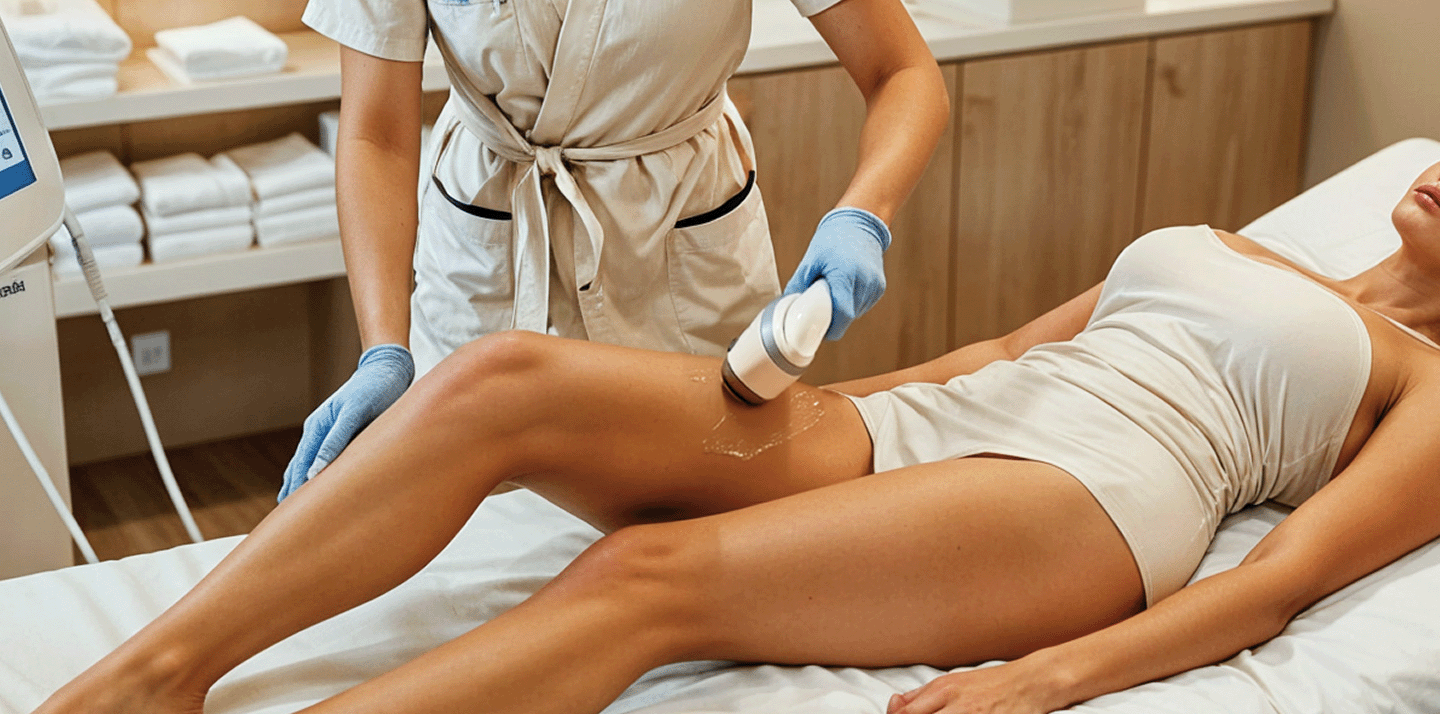














.png)

























-1.png)

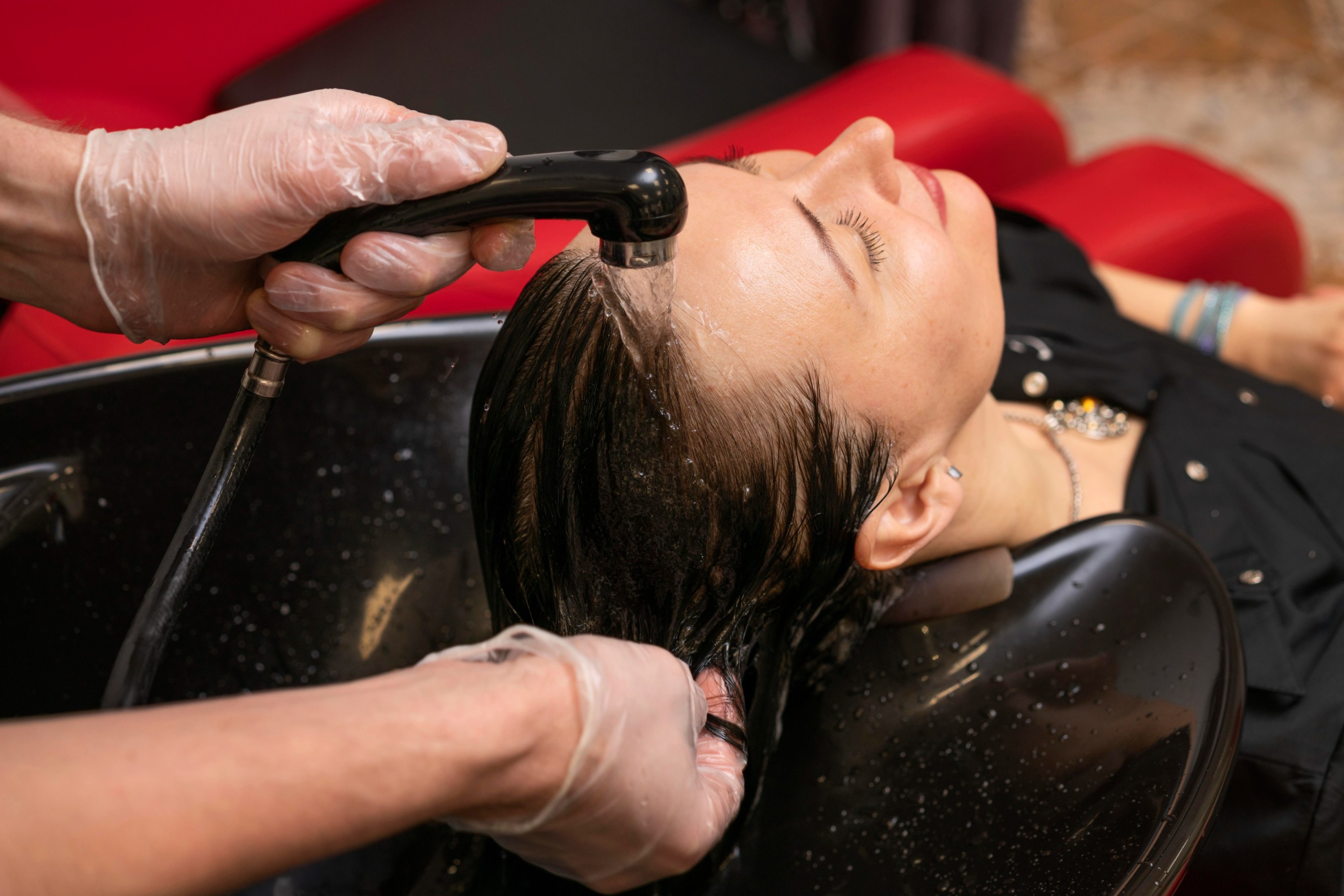
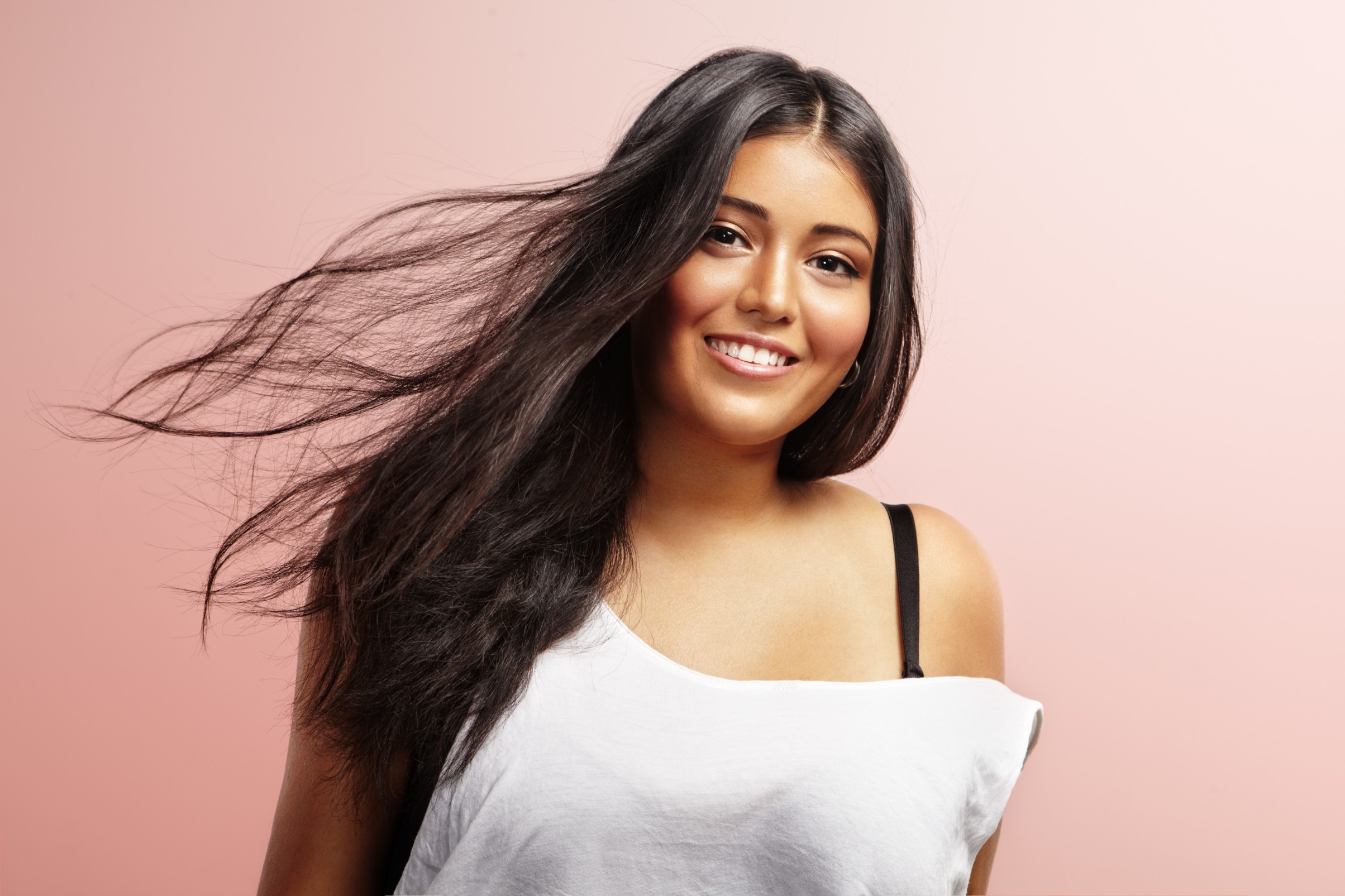


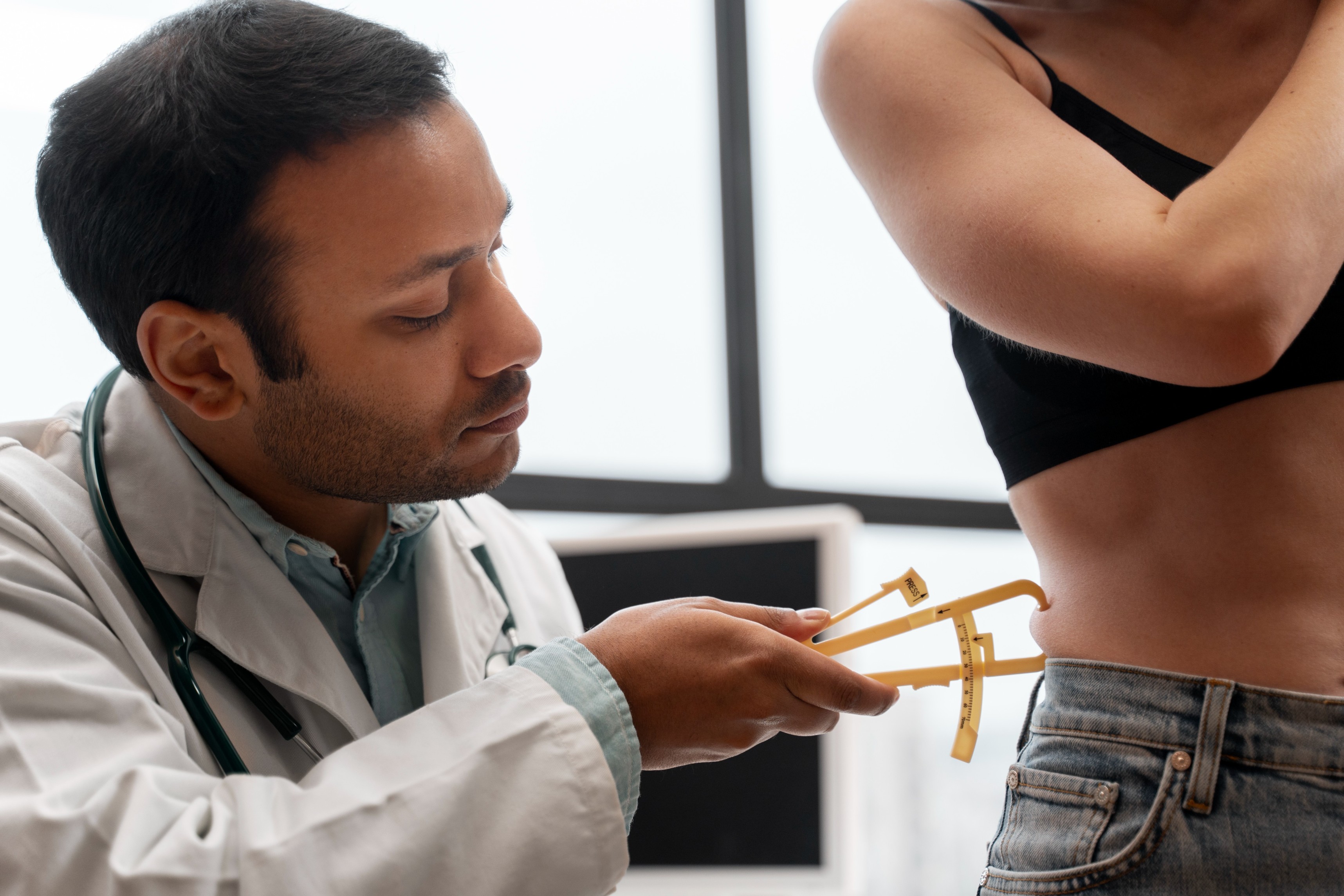
.jpg)
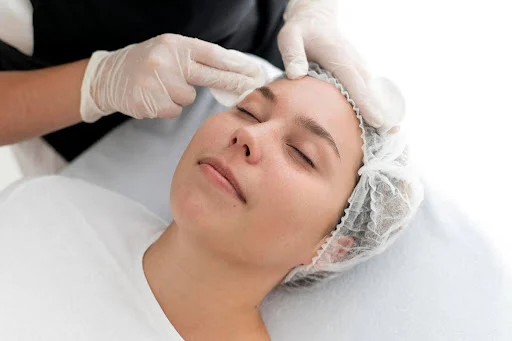
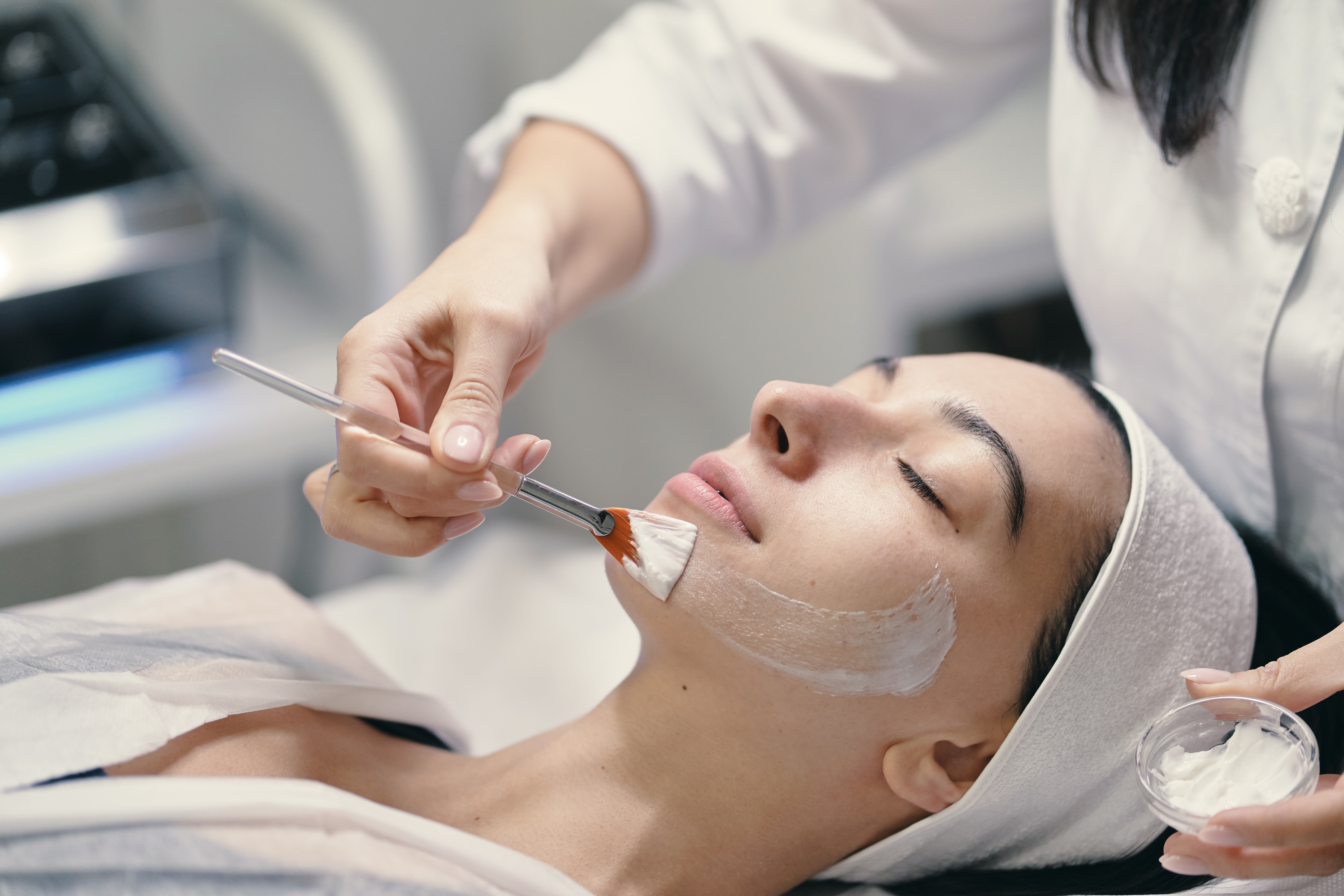

.jpg)
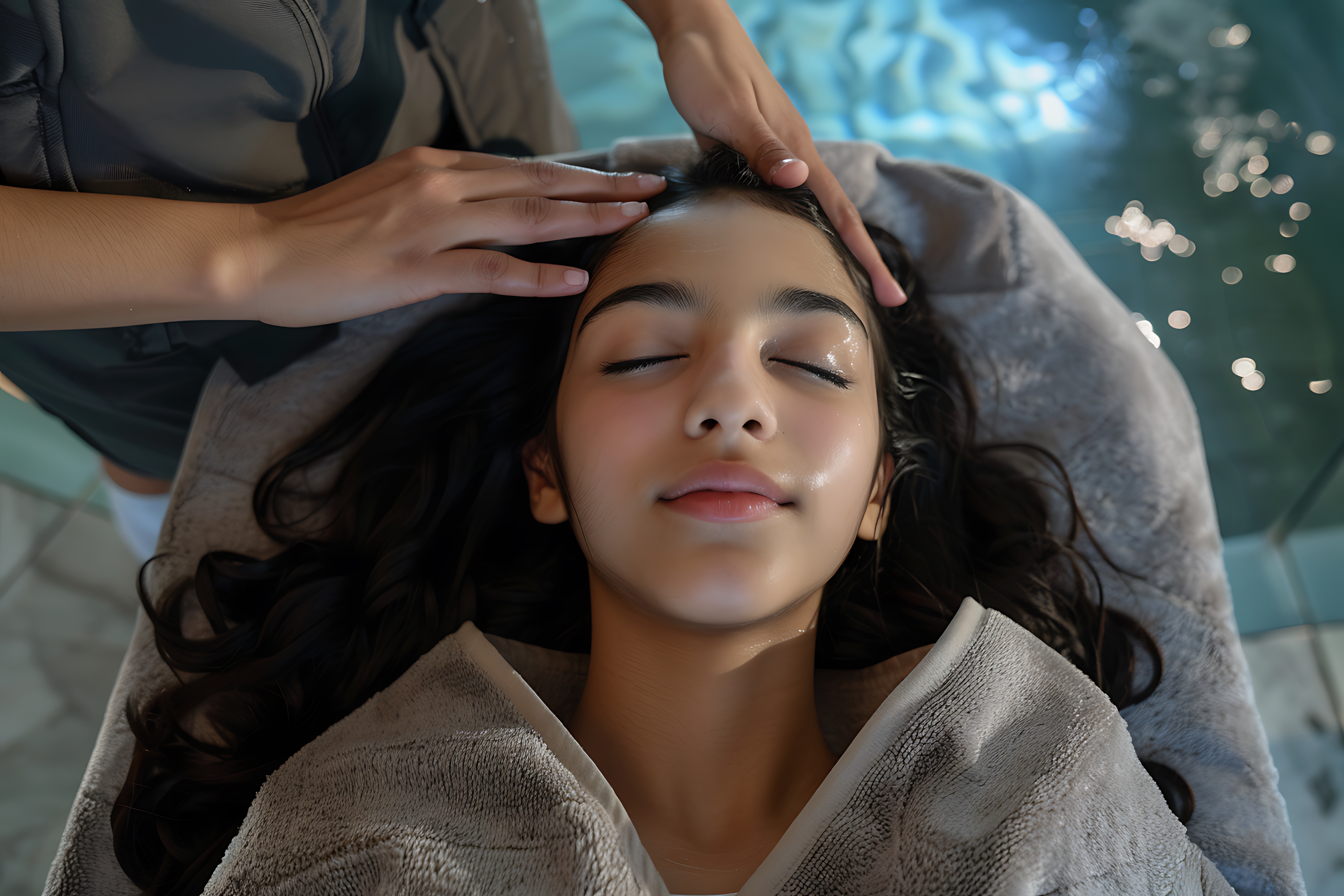

.jpg)
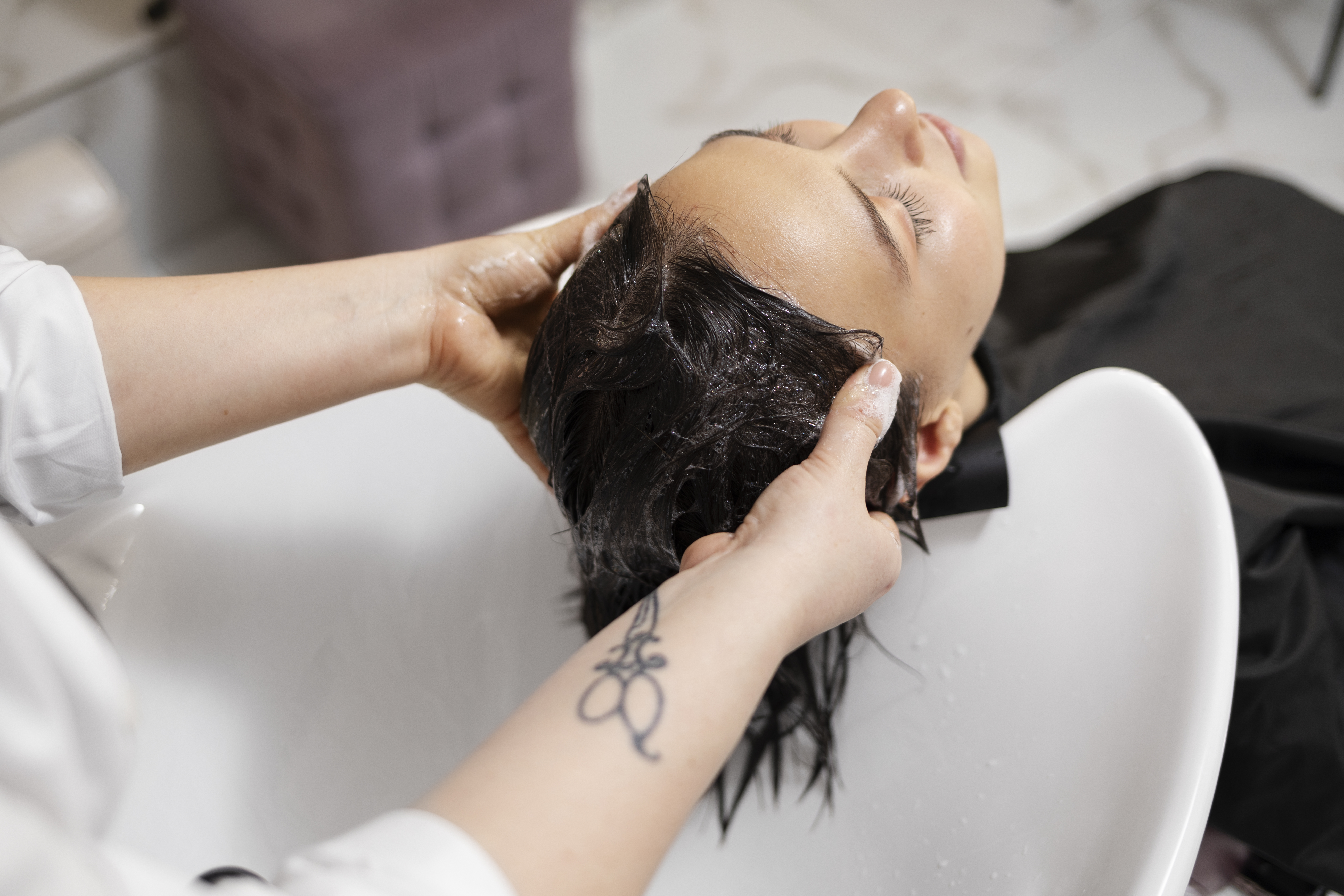
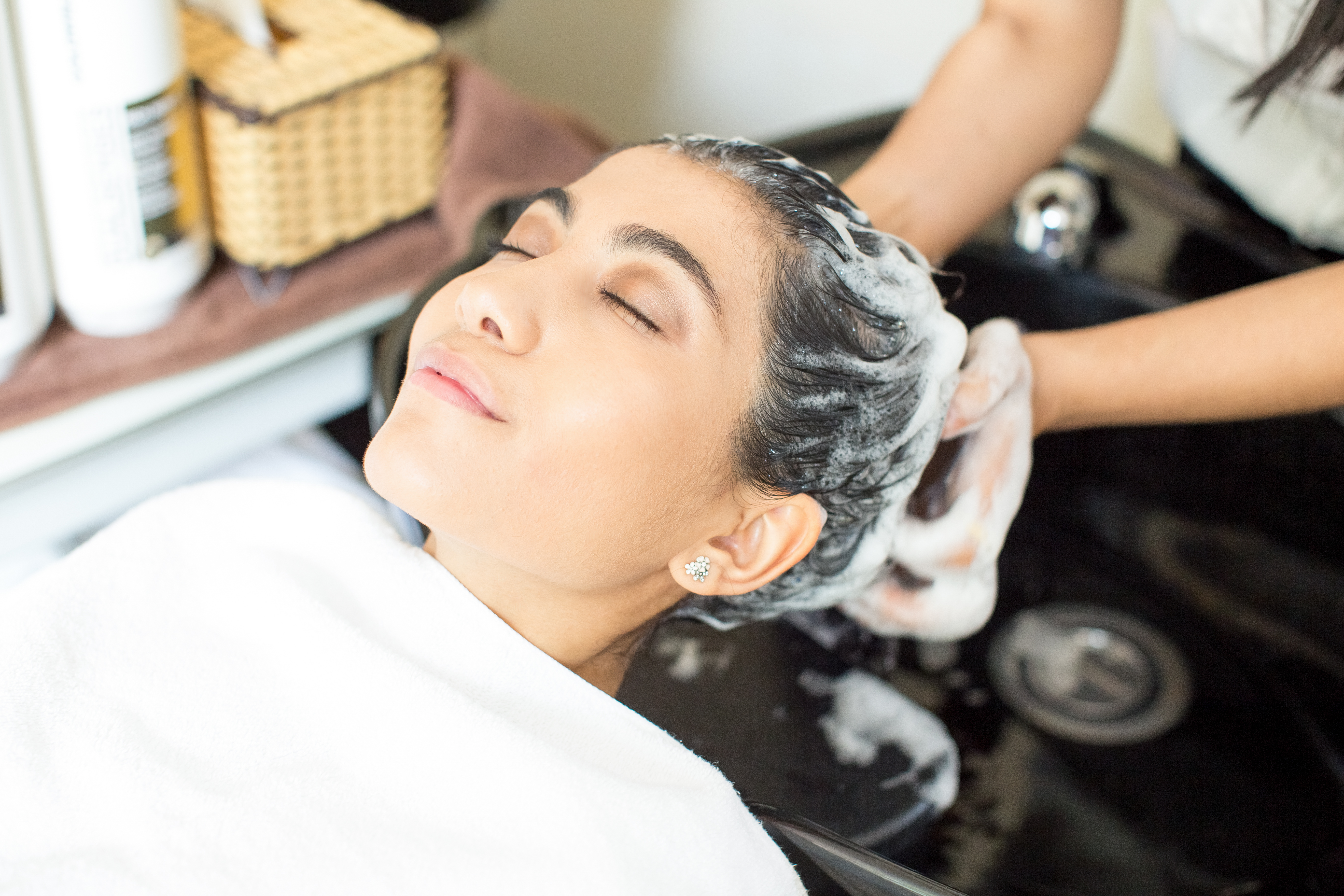
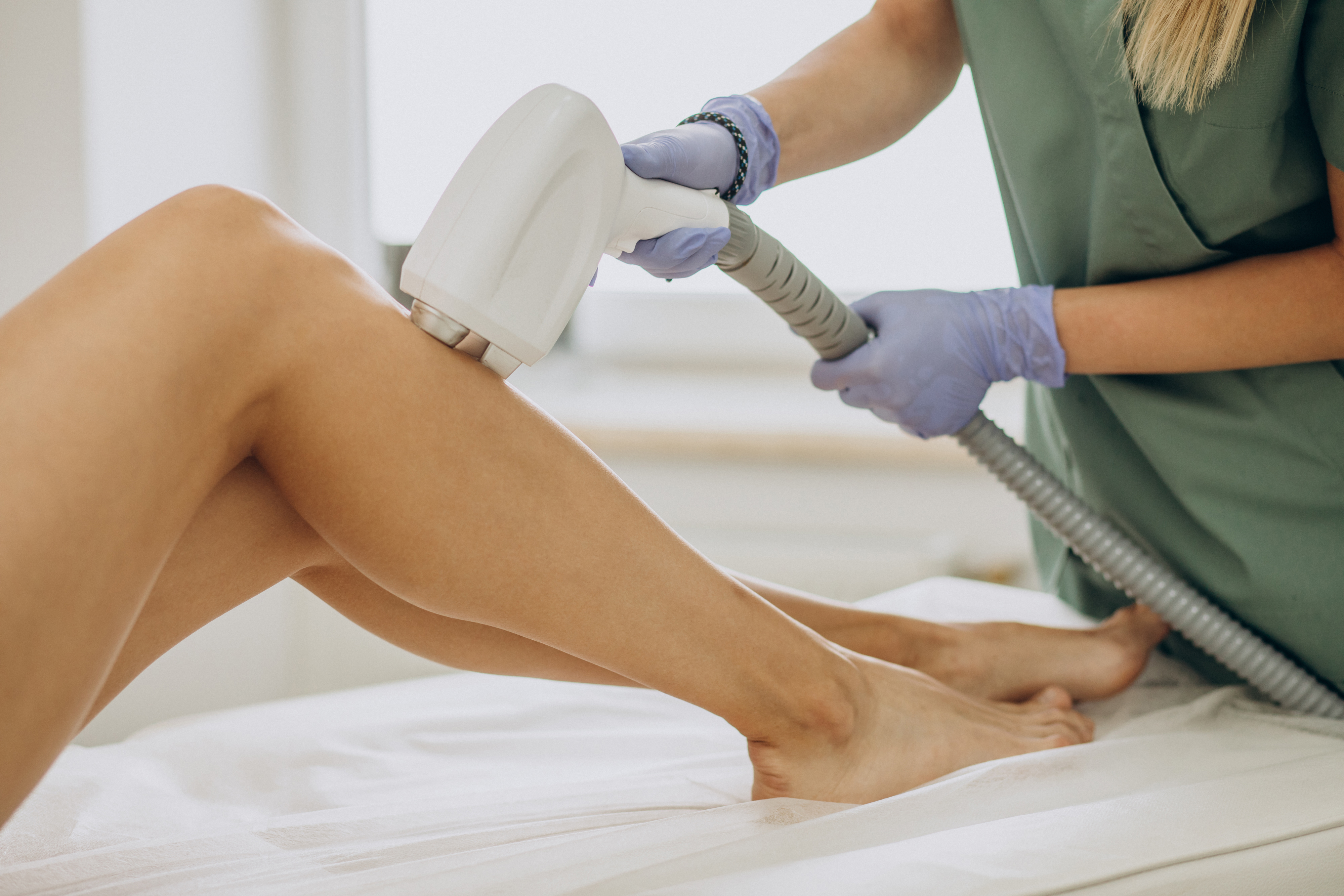
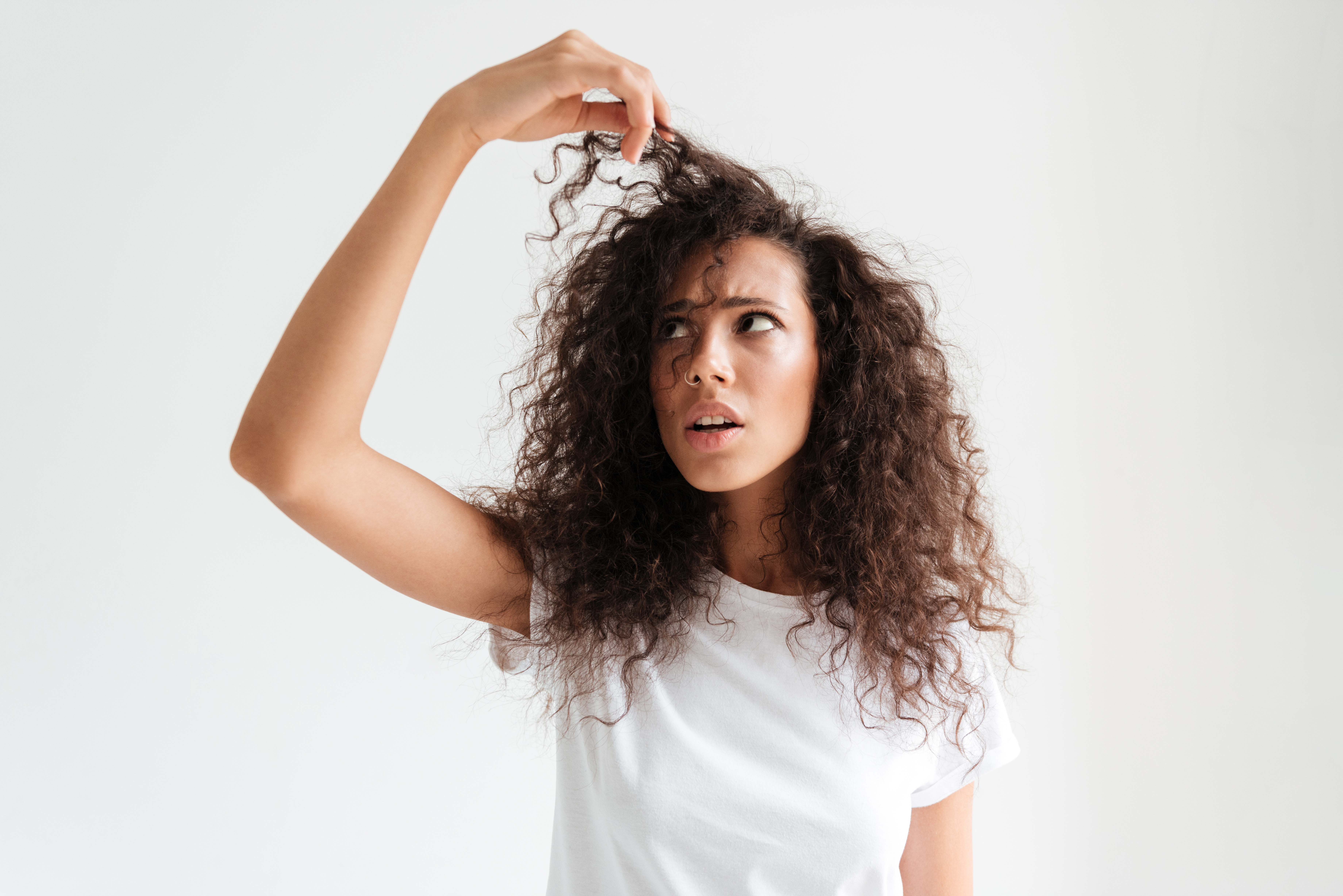
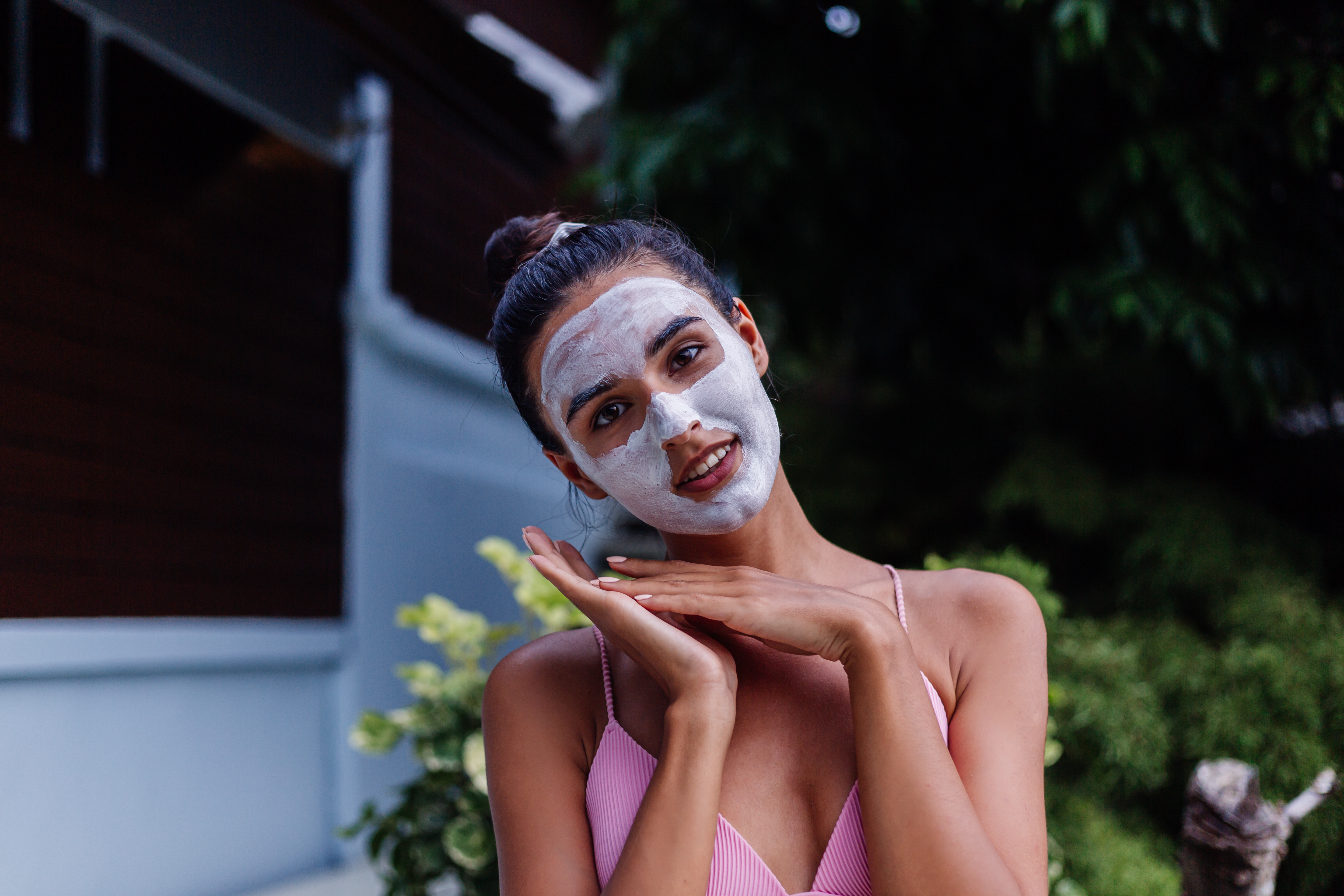
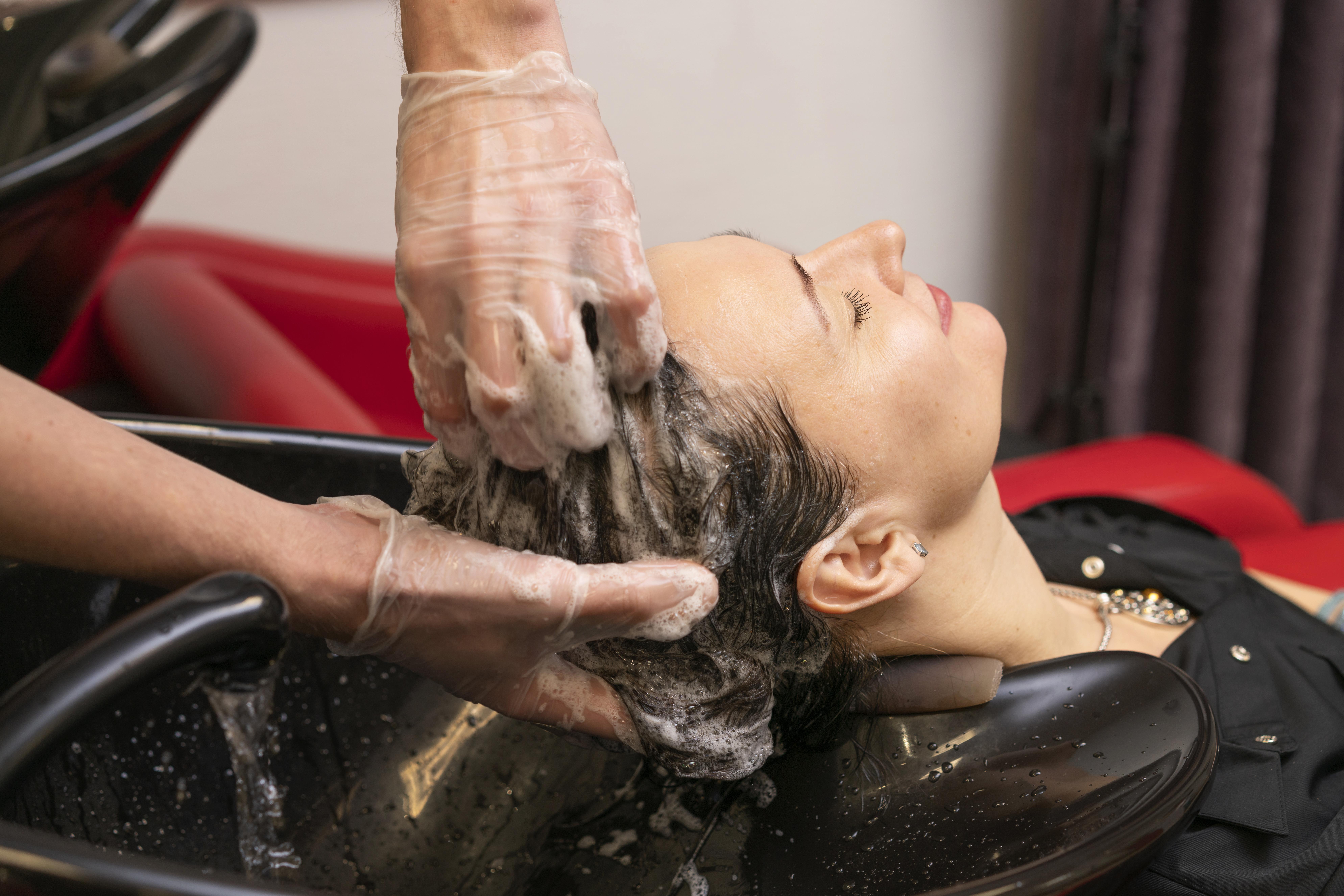


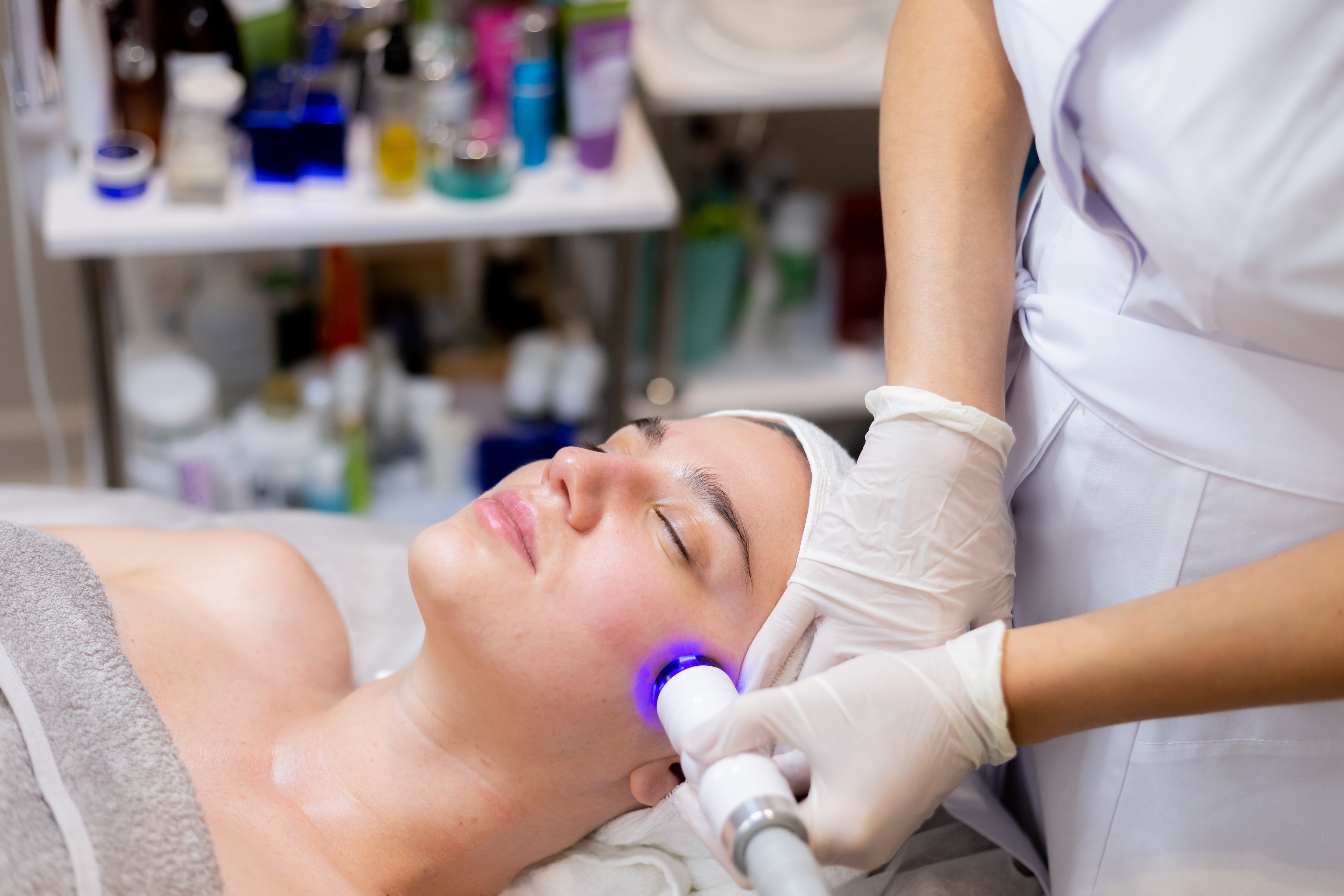
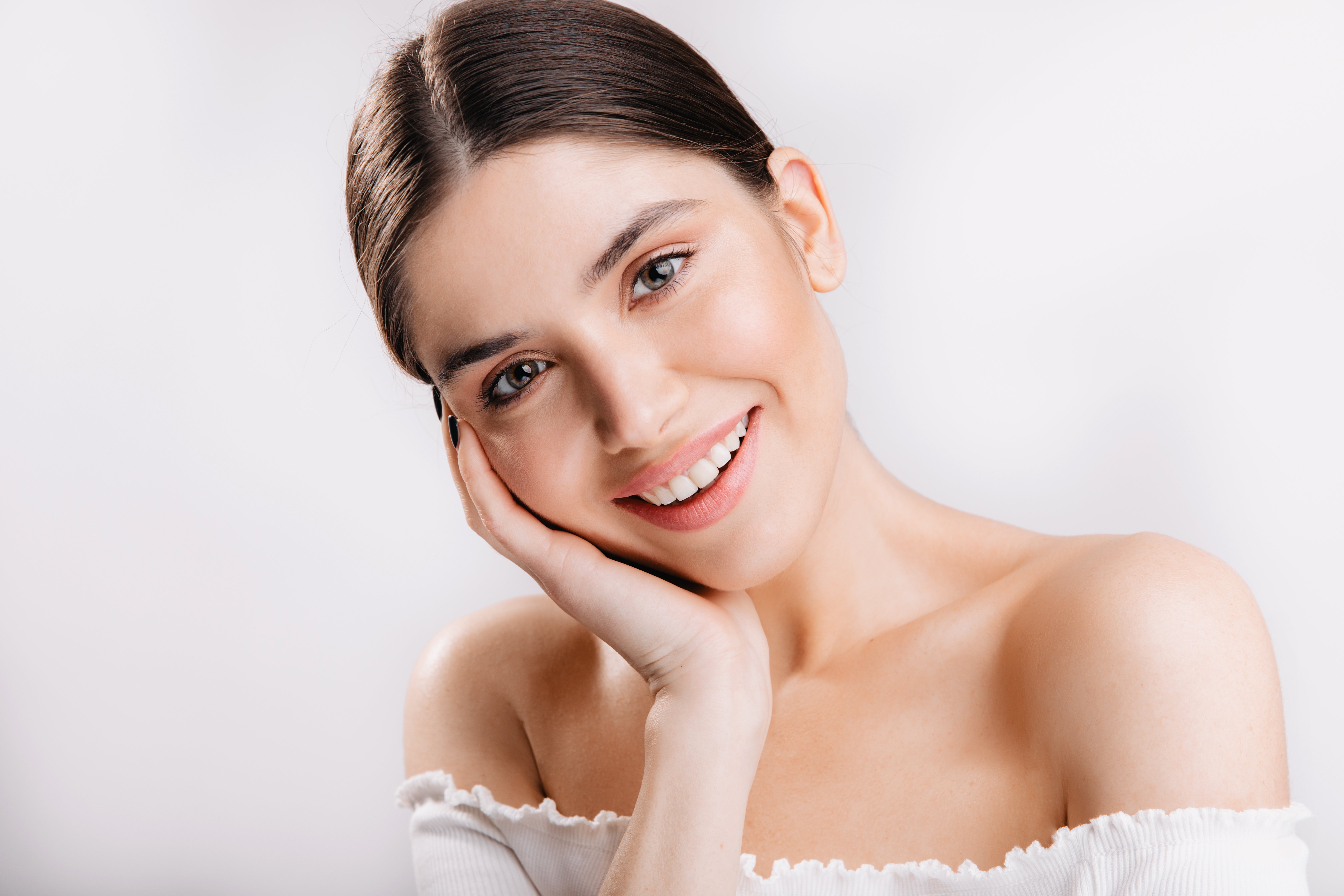

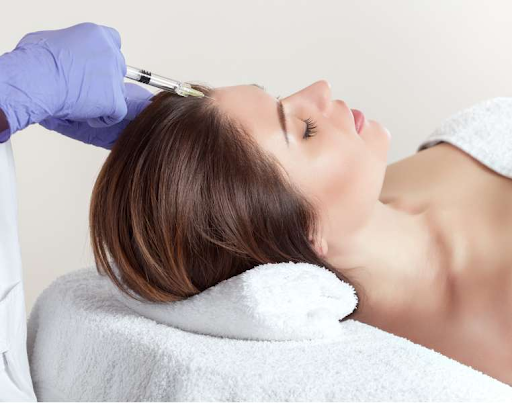
.png)
.png)
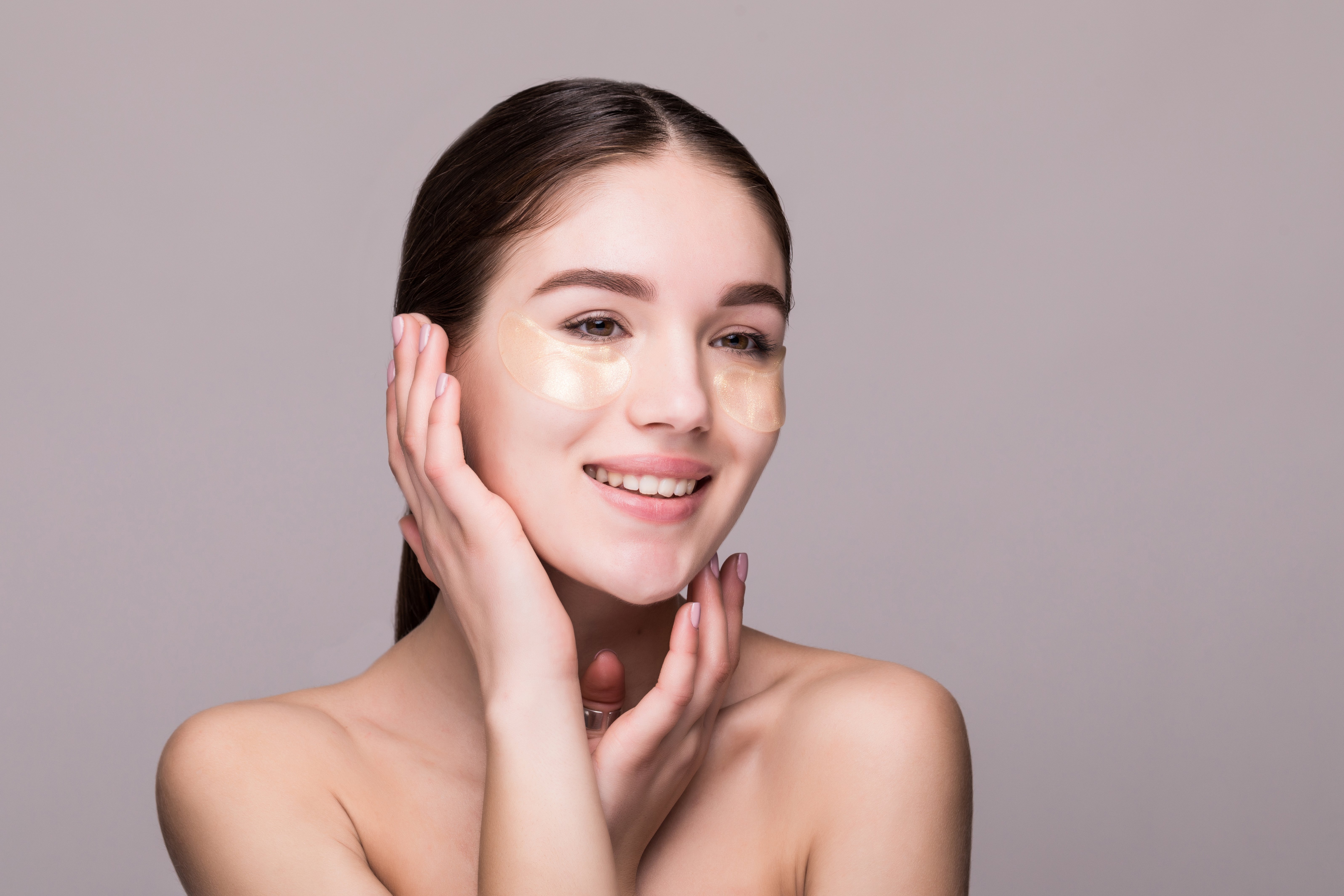
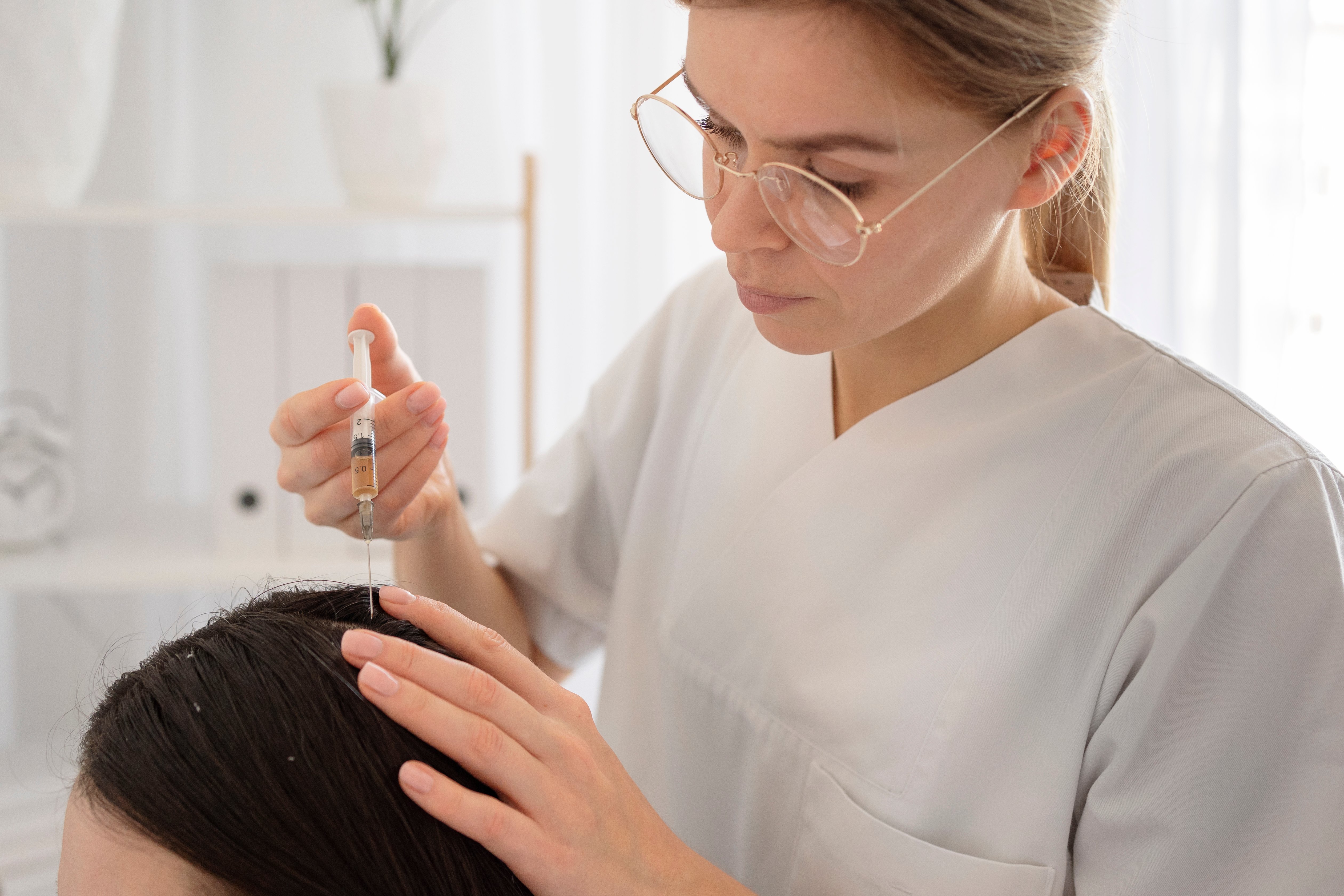
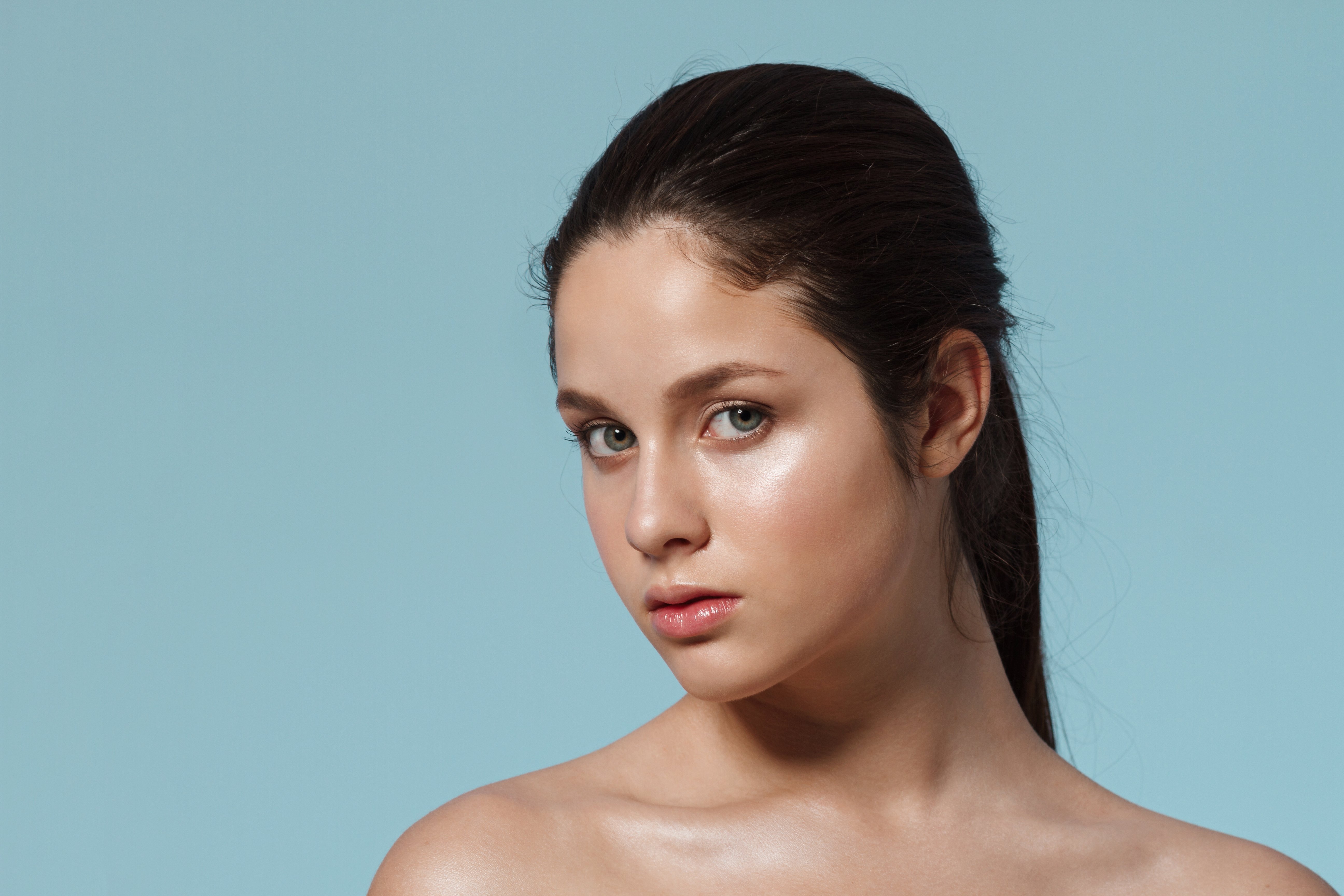
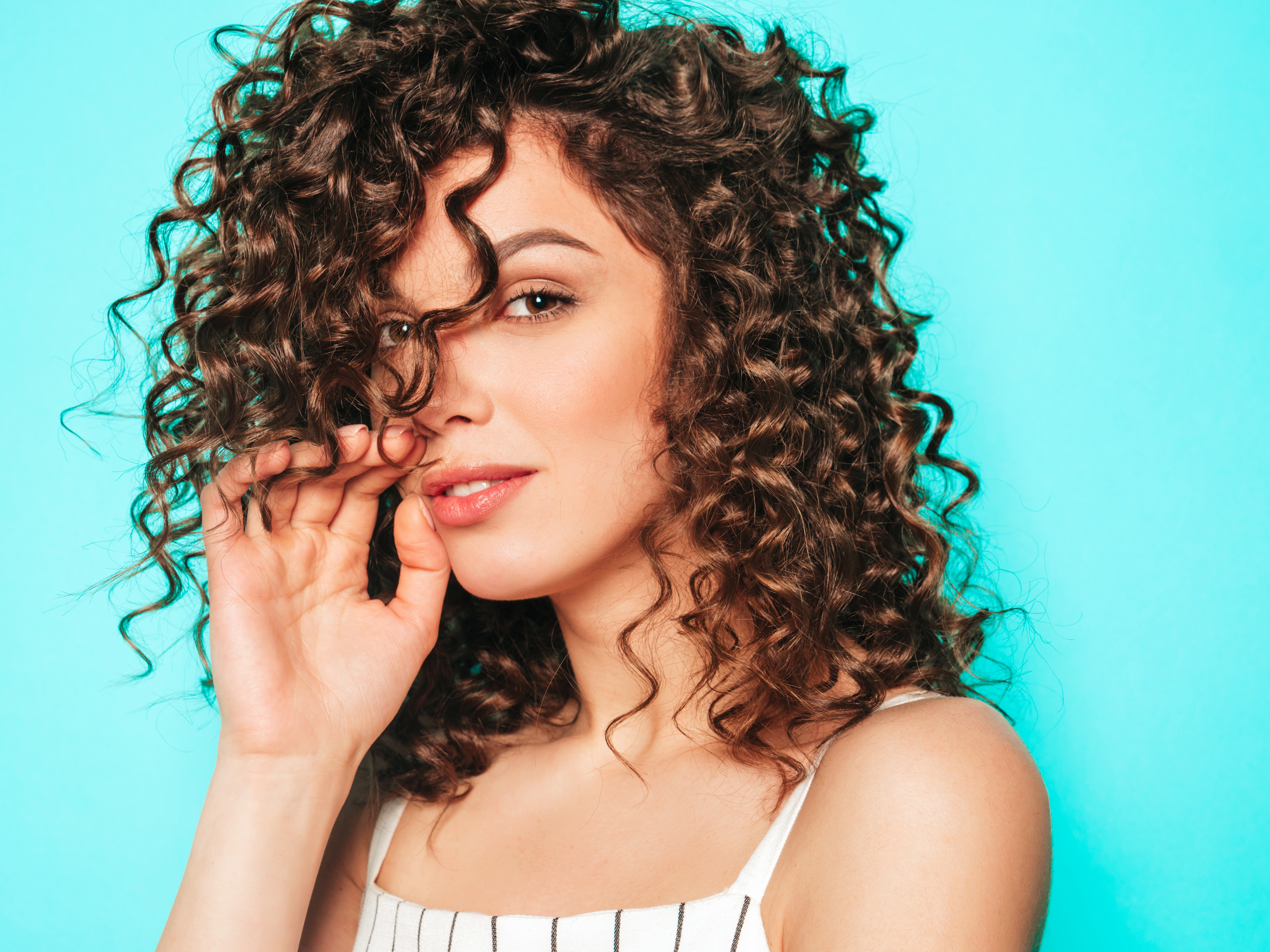
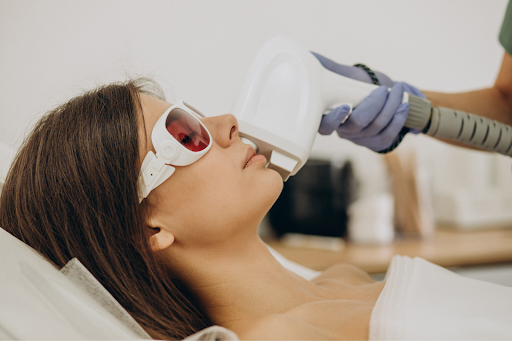
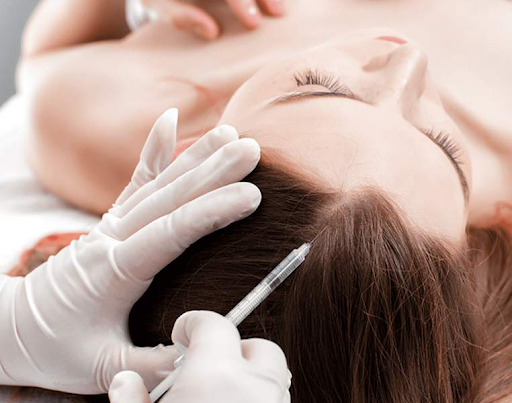
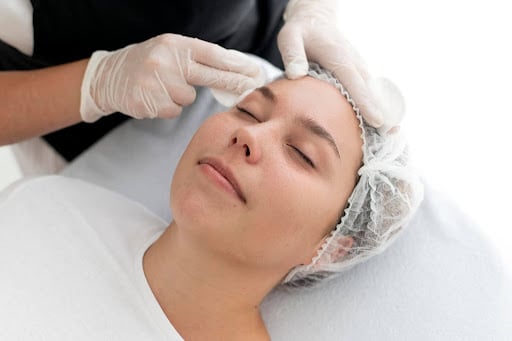
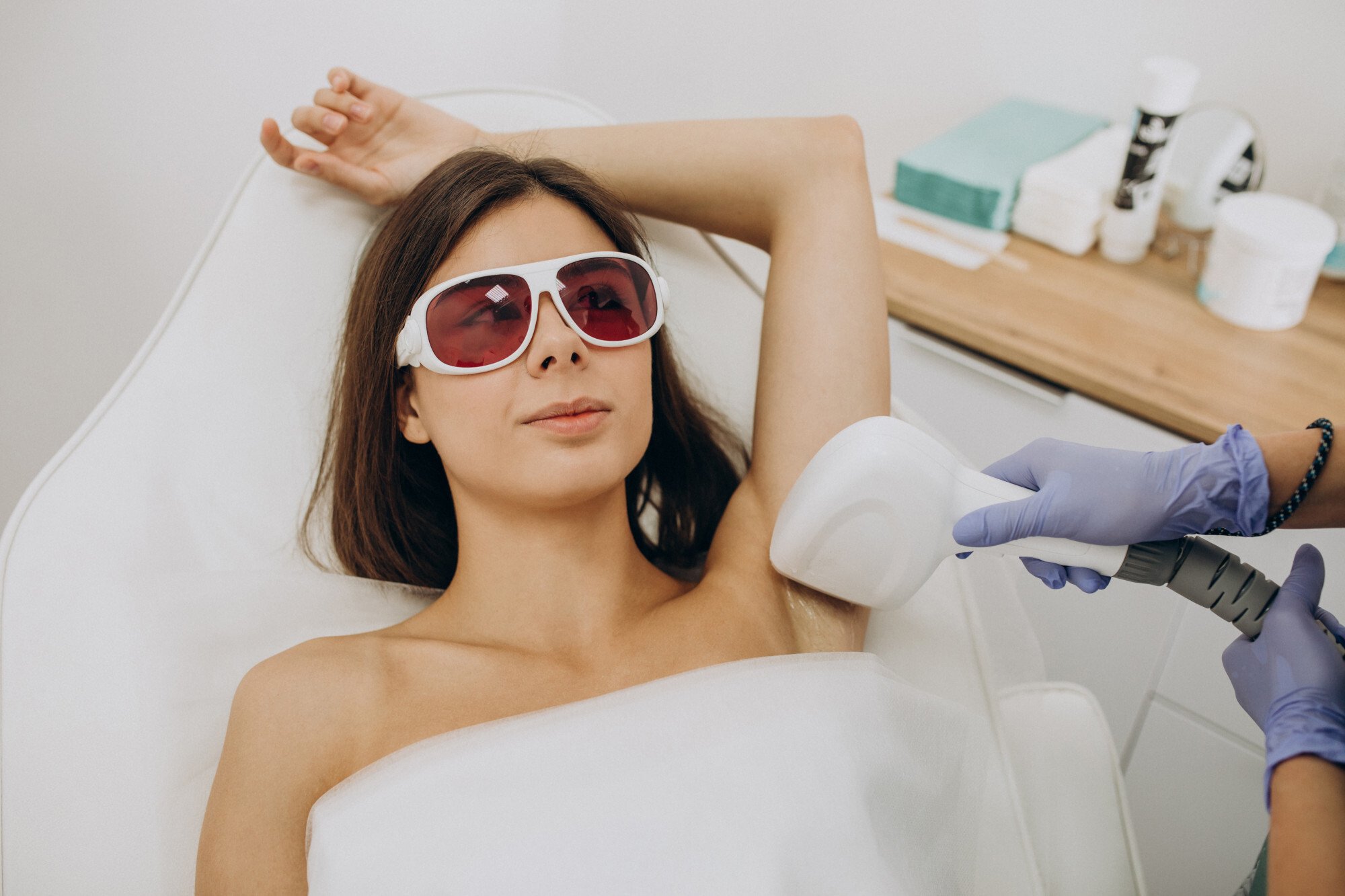
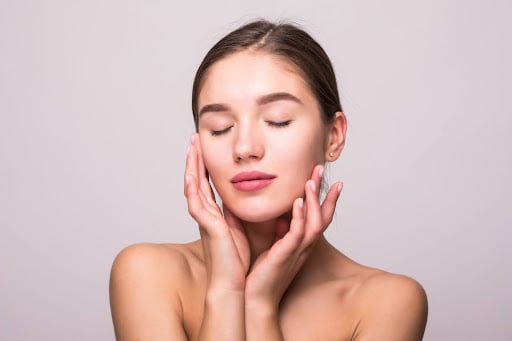
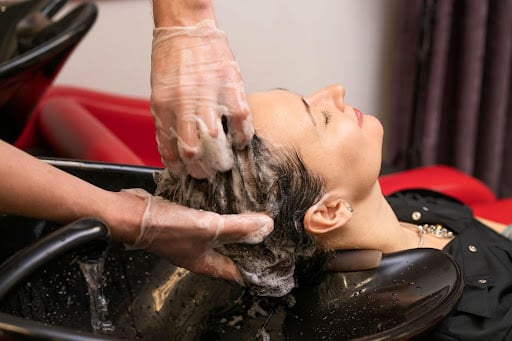
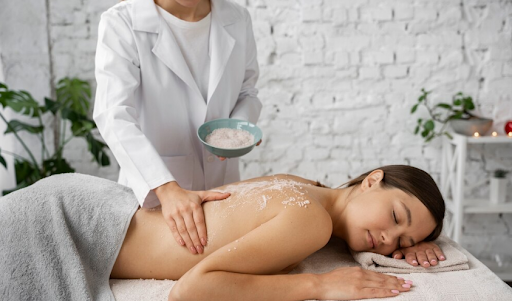
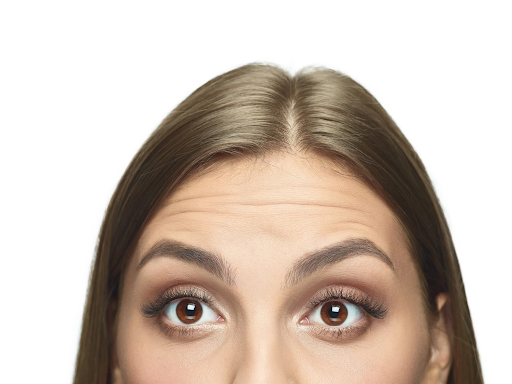
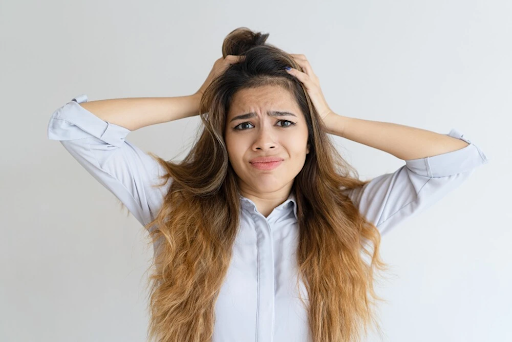
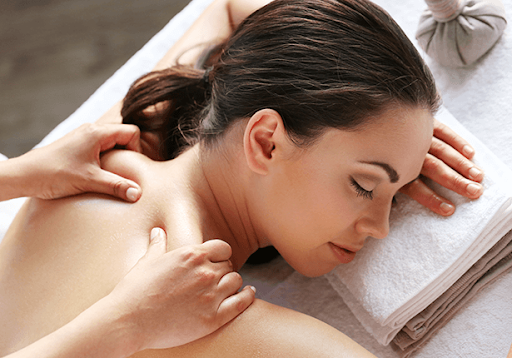
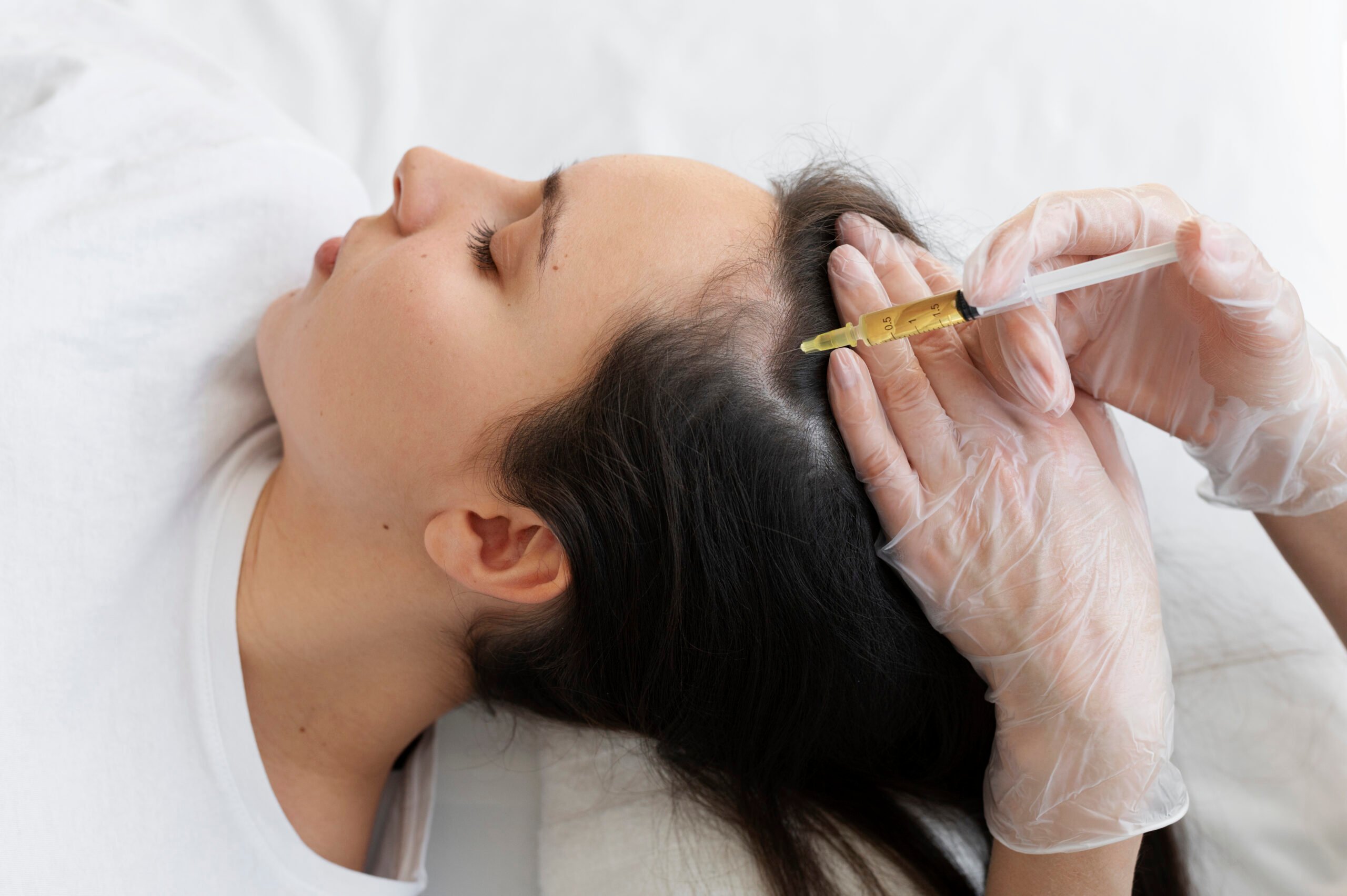
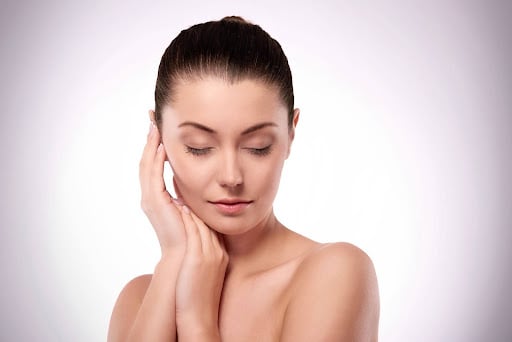
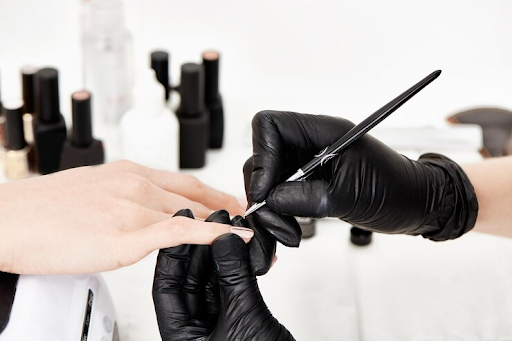
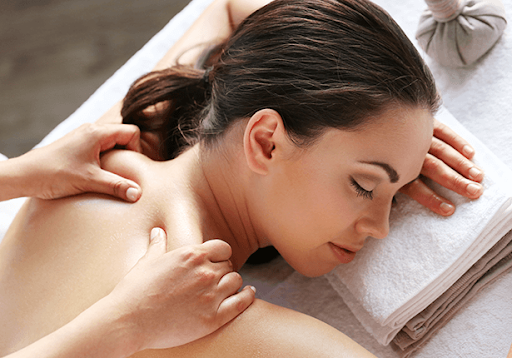
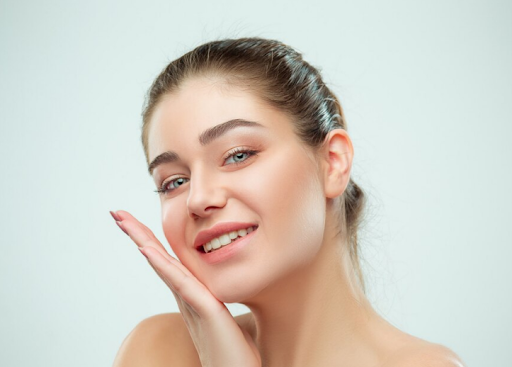
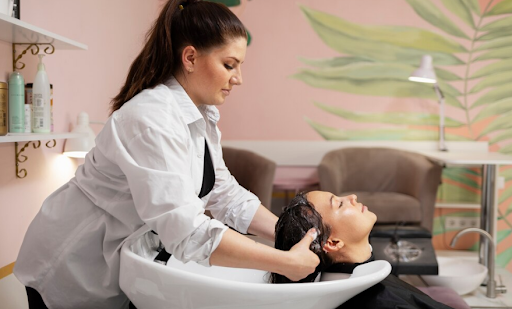
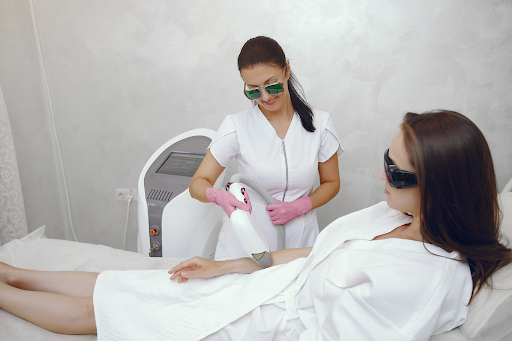
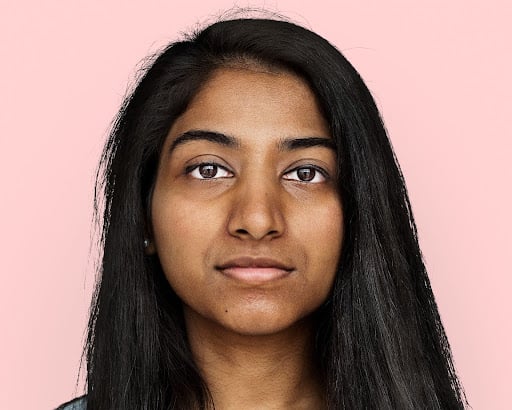


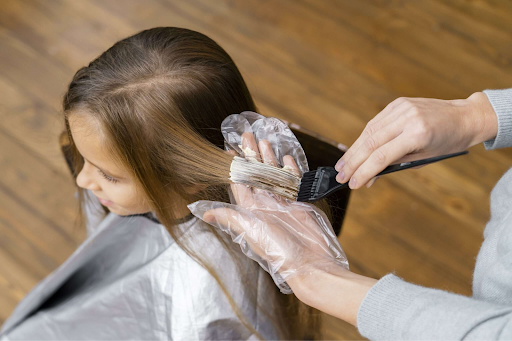
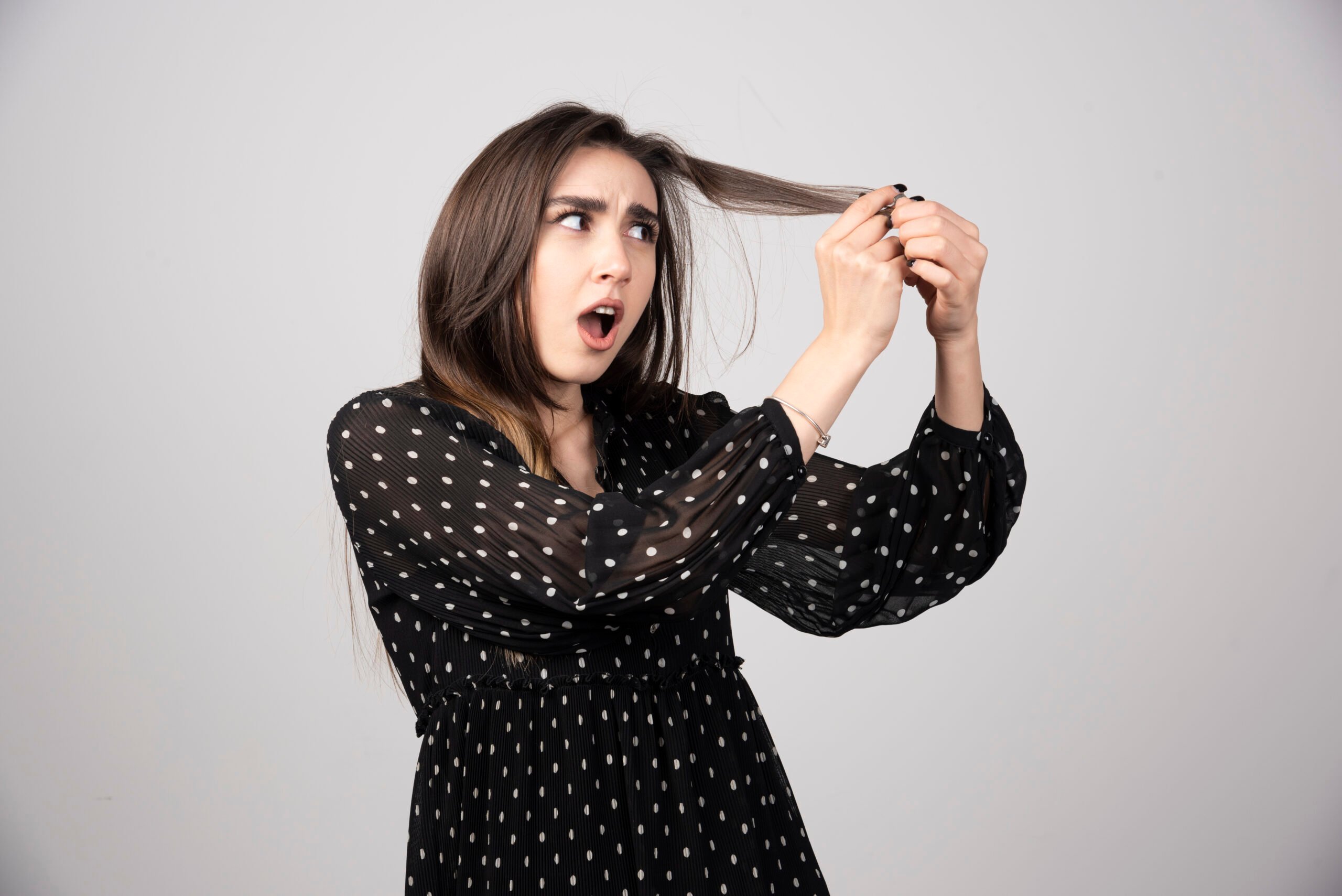
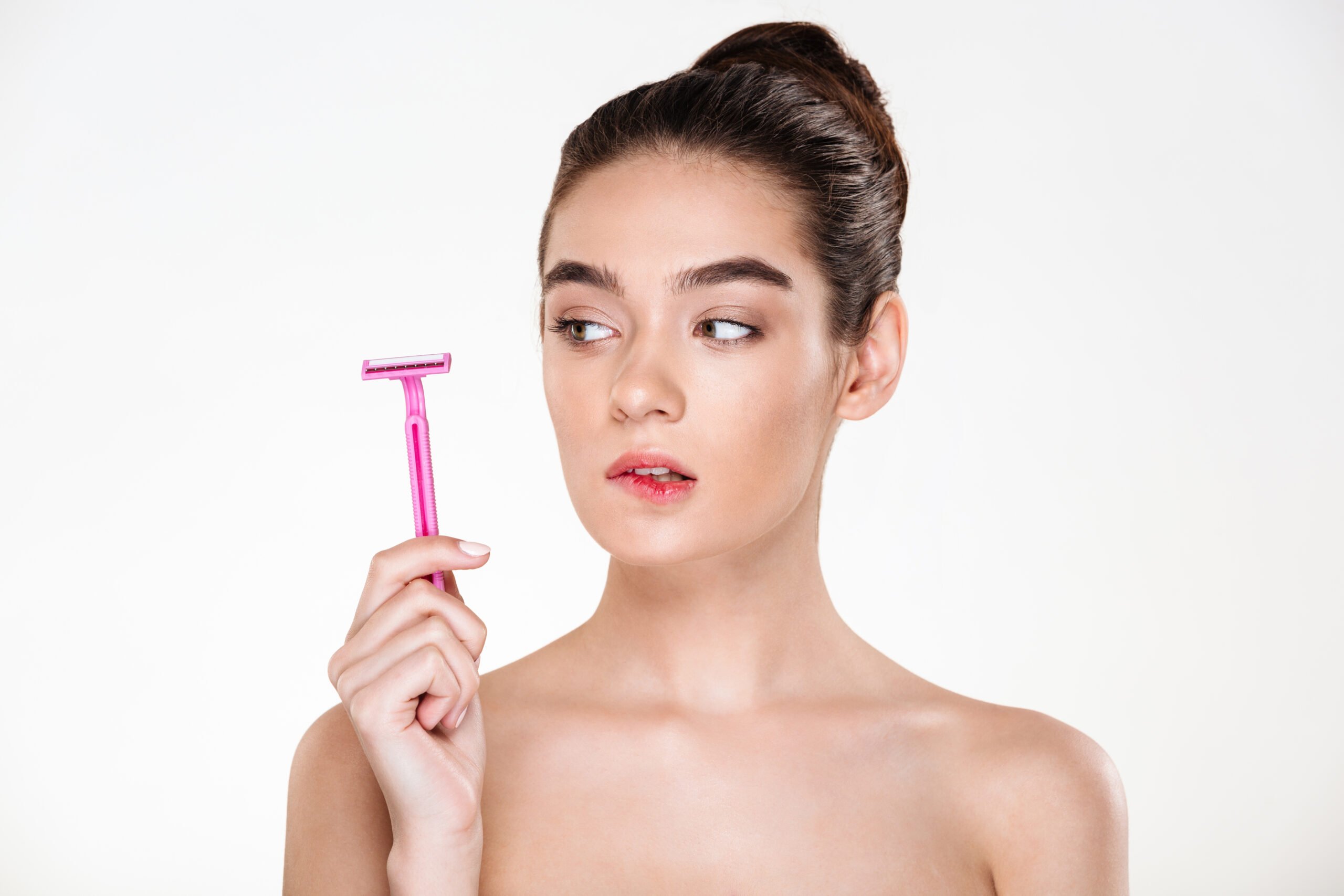
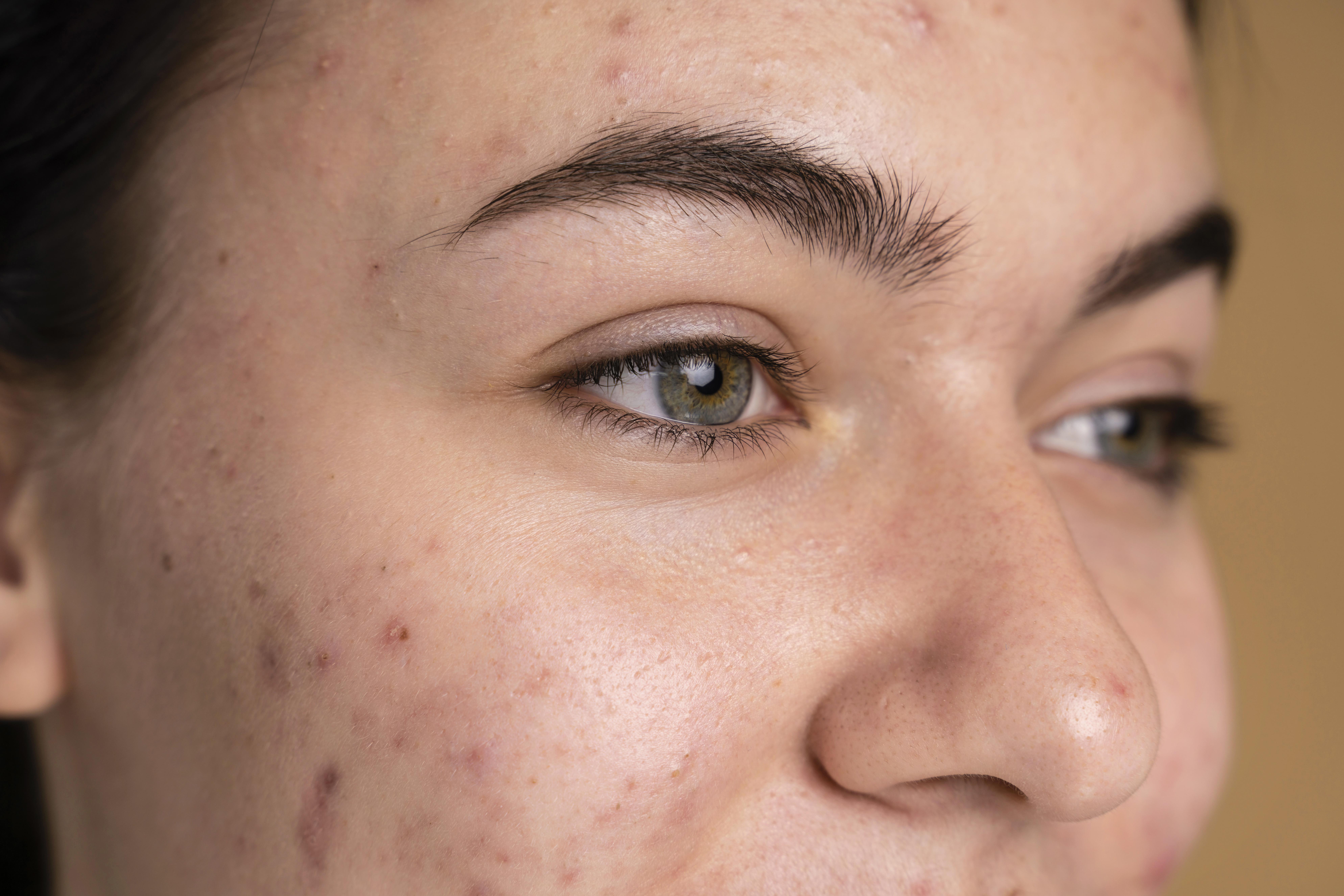
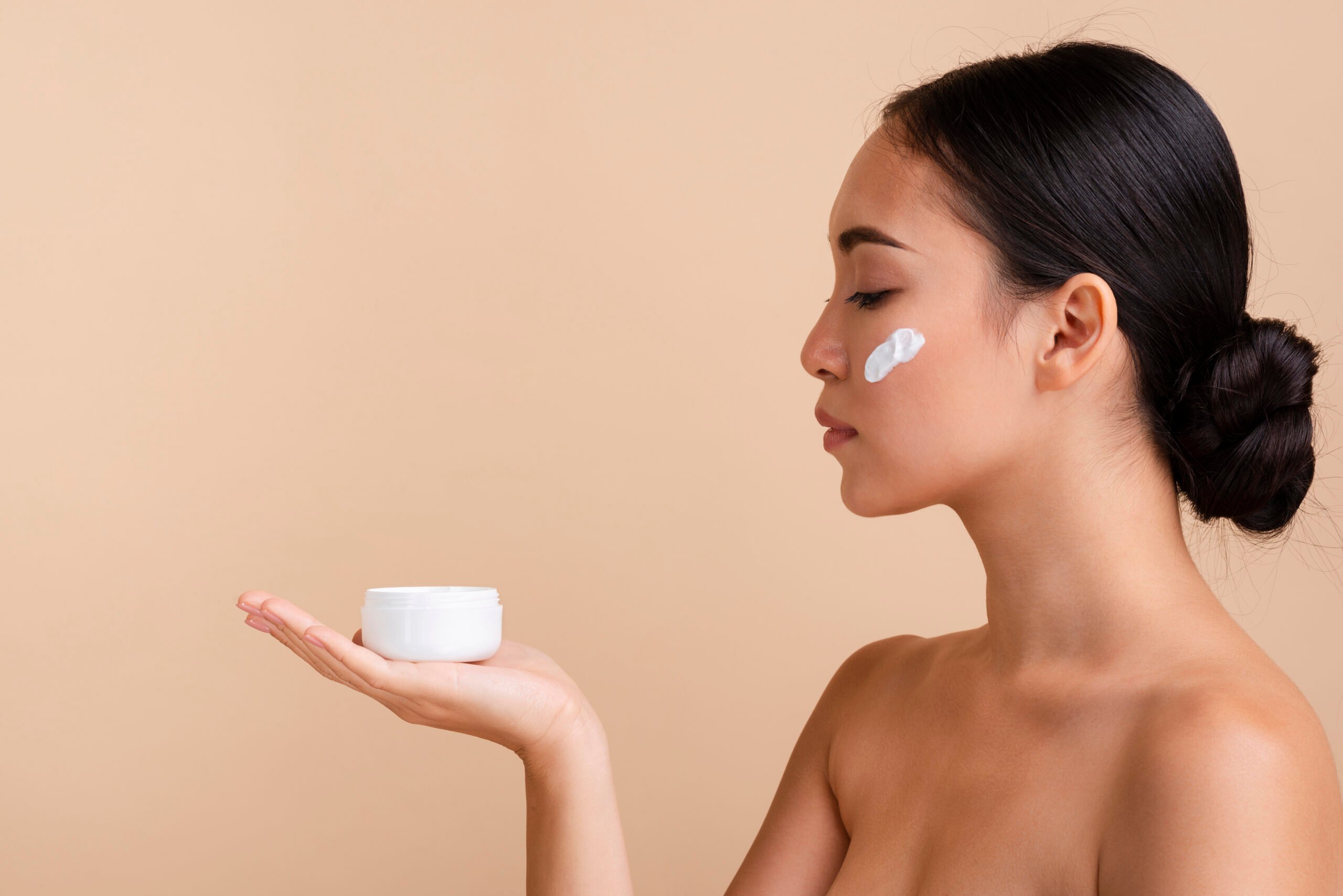
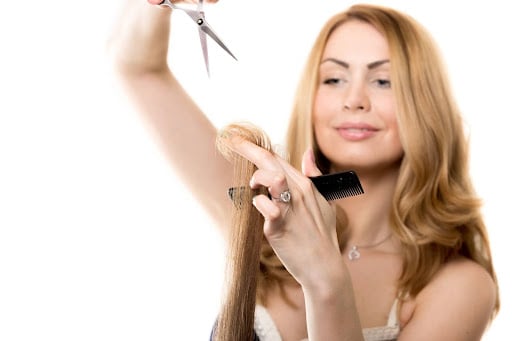
.jpg)
